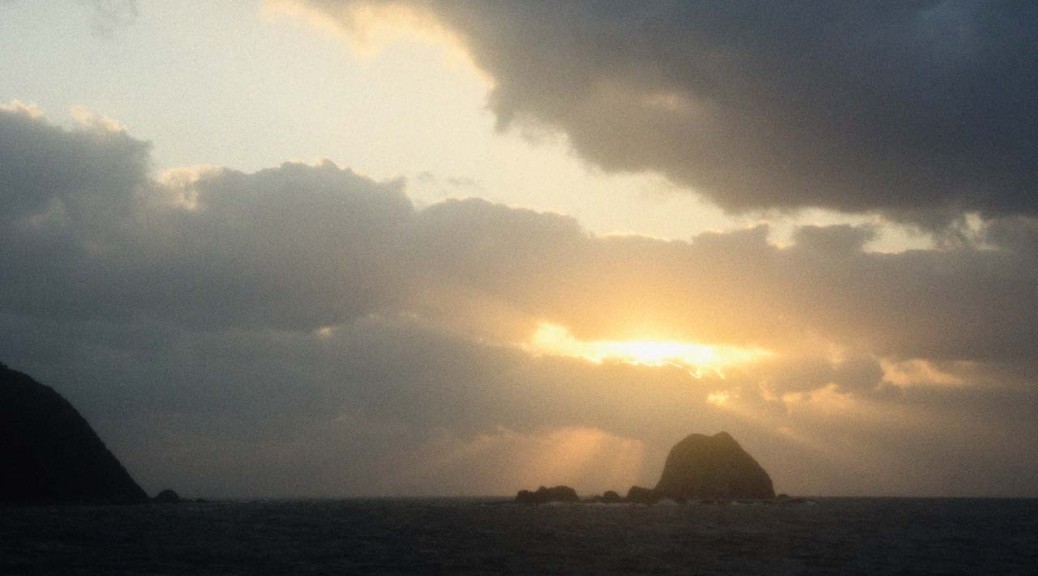 Wangfujing daijie 王府井 大街.
Wangfujing daijie 王府井 大街.
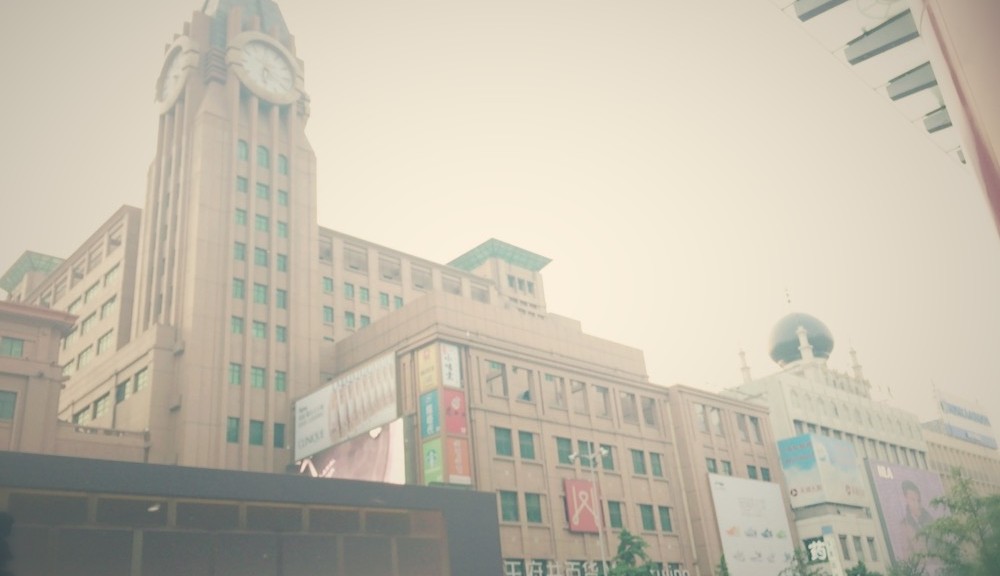

 Wangfujing daijie 王府井 大街.
Wangfujing daijie 王府井 大街.
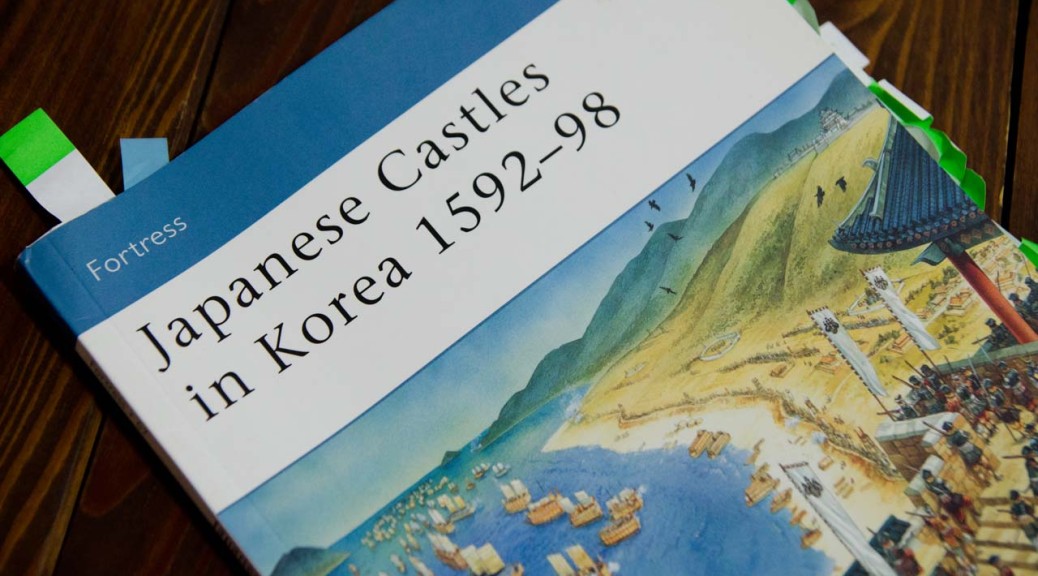
Turnbull, Stephen R., and Peter Dennis. Japanese Castles in Korea, 1592-98. Oxford: Osprey, 2007. Print.
Wikipedia list of Japanese castles in Korea.
Invasion led by the daimyo 大名 and general Toyotomi Hideyoshi (1536-98). p4
Korean Admiral Yi Sun-sin 이순신 (1545-1598).
Invasion began “When the Korean king refused to allow the Japanese” to pass through Korea to invade Ming China 明朝. p5.
Picture of site of wajo 倭城 of Yangsan and Hopo. p.5. (fortress 和城)
Map of castles in Jeolla and Gyeongsang province. p.6.
Picture of site of wajo of Ulsan. p.7.
“Busan Castle, an extension of the city wall on the edge of the sea, was in fact one of the best examples of a Korean fortress,” p. 9.
See Siege of Busanjin.
Dongrae Eupseong 동래읍성 東萊邑城 (fortress) may have been just a mountain fortress/sanseong 산성 山城 at the time of the invasion (?) p. 9.
The Japanese used Arquebuses p. 9.
Sketch of Ungcheon harbour p. 9.
Korean guerrillas p. 10.
Jinju fortress (first siege of Jinju “Korea’s greatest land victory of the war”) p. 10.
Picture of hill of Jaseongdae, Busanjin 부산진지성. p.11.
See wikipedia entry for Jaseongdae.
Yi Sun-shin impressed by the eupseong 읍성 of Ungcheon 웅천 p. 11.
Castles in Japan: “jinaimachi or temple towns associated with the self-governing communities of the True Land sect of Buddhism and defended by their Ikko-ikki armies” p.13.
Jinaimachi town near Osaka.
Pure Land Buddhism wikipedia entry
Fortress defense: “tora no guchi (tiger’s mouth) gateway passage” with a “90-degree turn” p.13.
Castle of Gupo drawing. p.14.
Clay was used to make the defense structures of a castle fireproof. p. 15.
Three Wajo in Geoje island. p. 16.
Seosaengpo 서생포 (Ulsan) p. 17.
“Seosaengpo was the most important Japanese castle in Korea.” p. 19.
Japanese fortresses in Tsushima. p. 18.
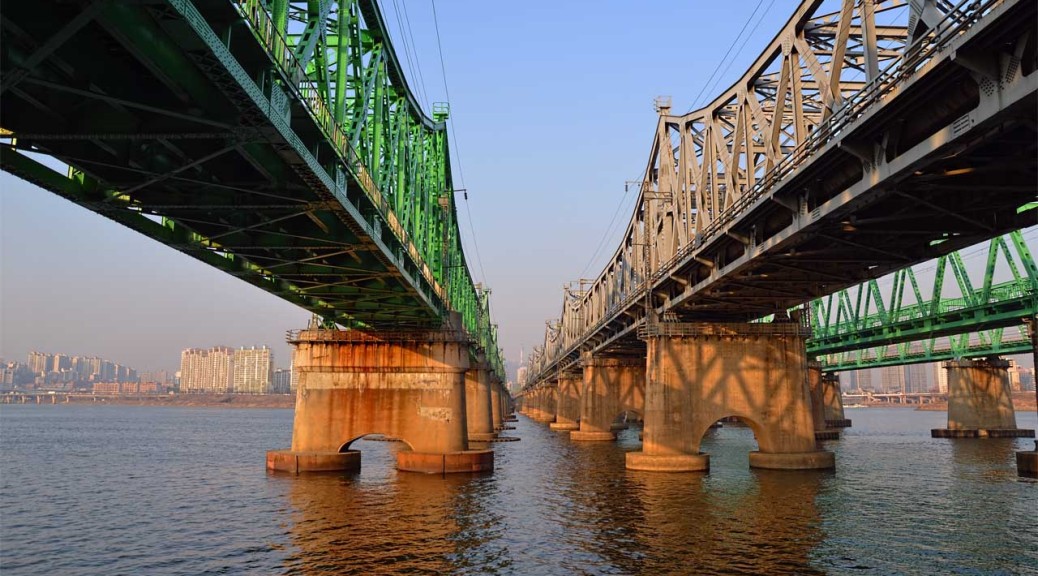
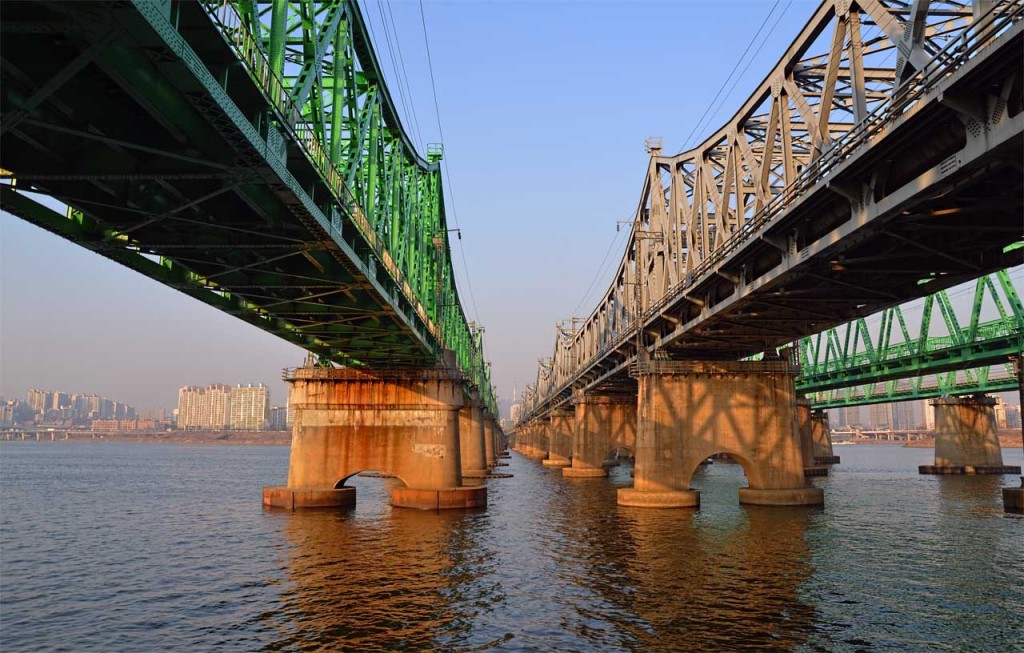 Han River Railway bridge 한강철교 漢江鐵橋 (Hangangcheolgyo), Han river, Seoul. March, 2013.
Han River Railway bridge 한강철교 漢江鐵橋 (Hangangcheolgyo), Han river, Seoul. March, 2013.
Han River Railroad Bridge Dedication Ceremony, Seoul via Dewey McLean
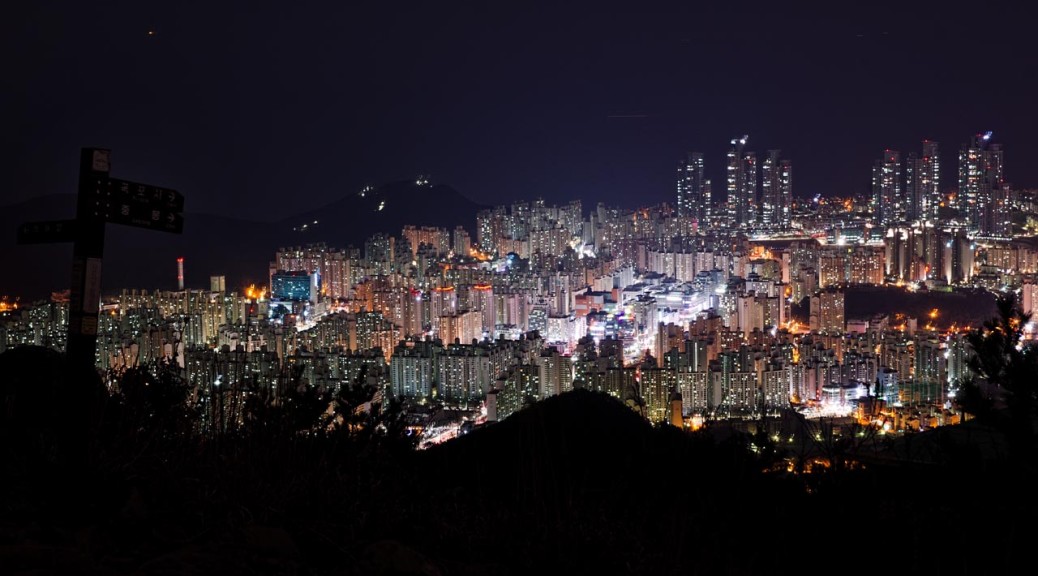
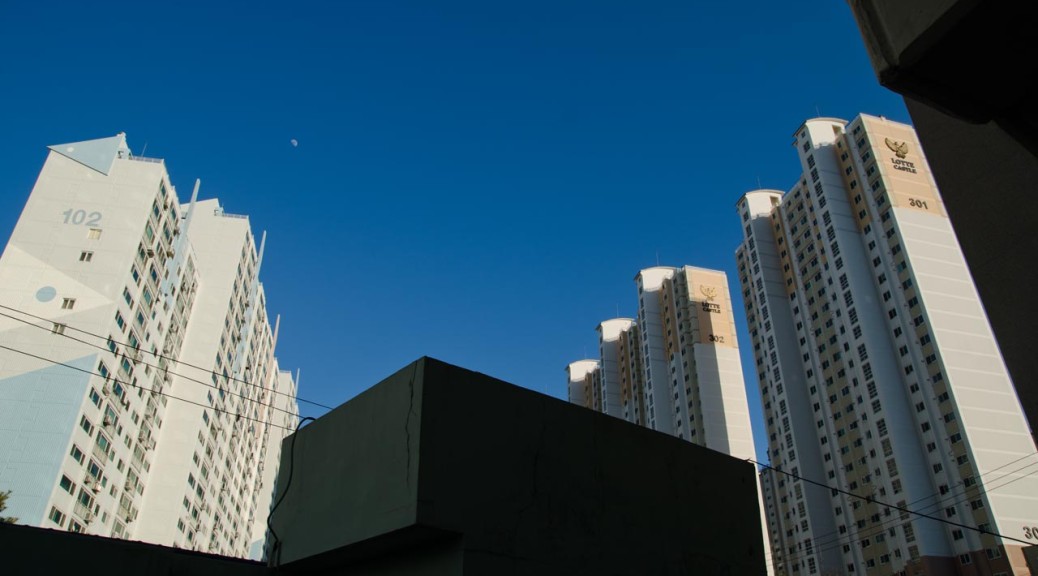
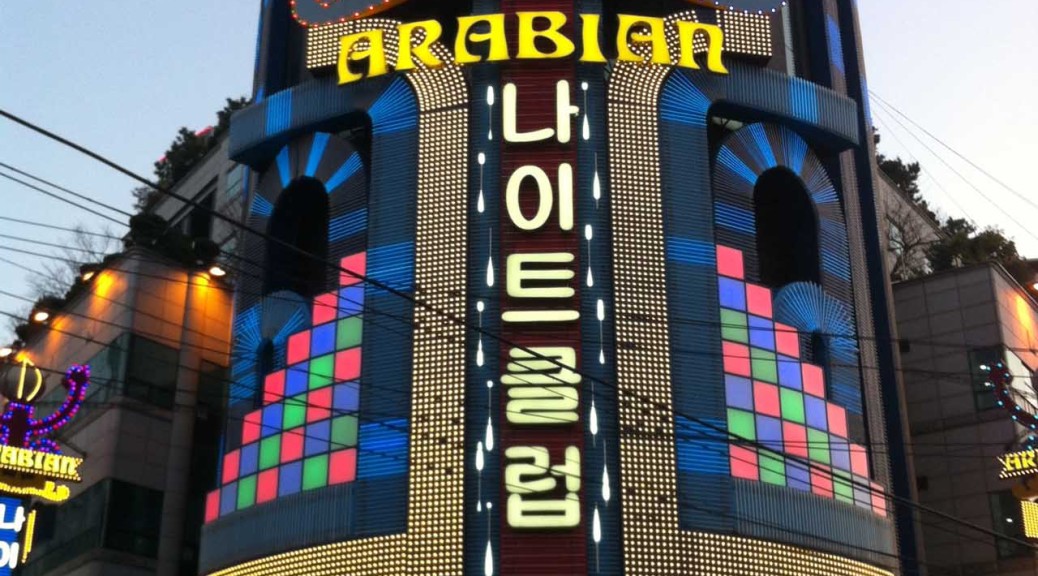
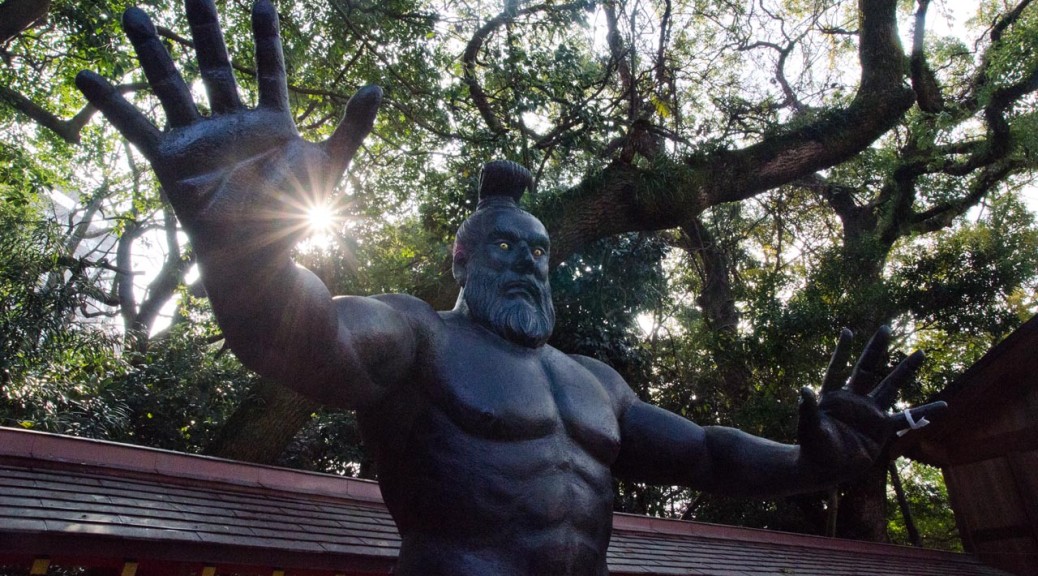
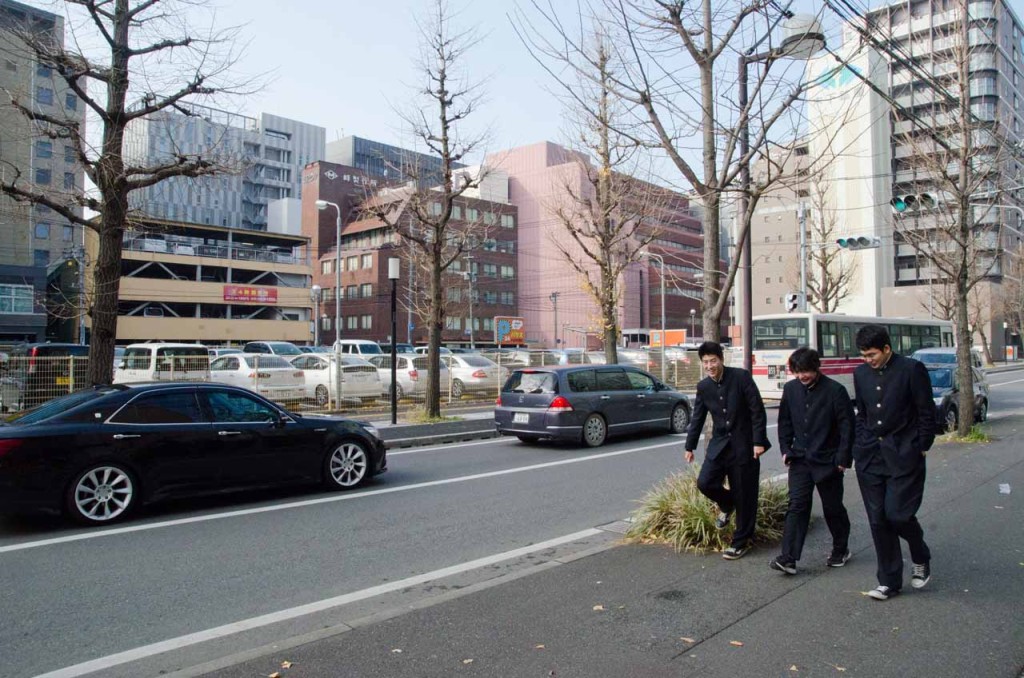 New Year’s day. Students near Hakata station.
New Year’s day. Students near Hakata station.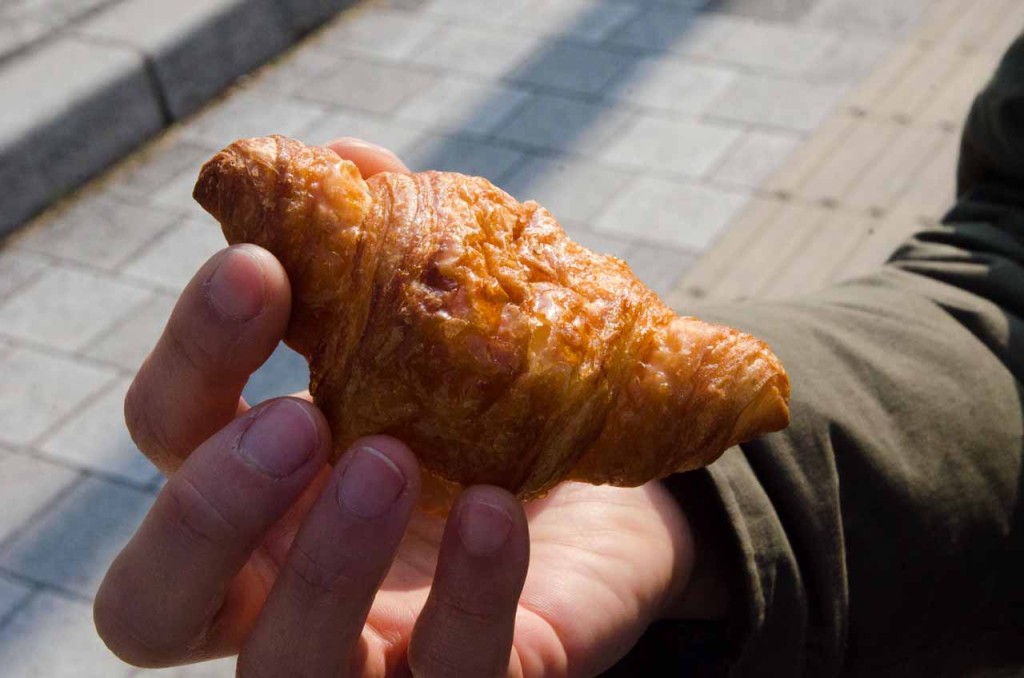 Had delicious croissants from Il Forno Mignon at Hakata station.
Had delicious croissants from Il Forno Mignon at Hakata station.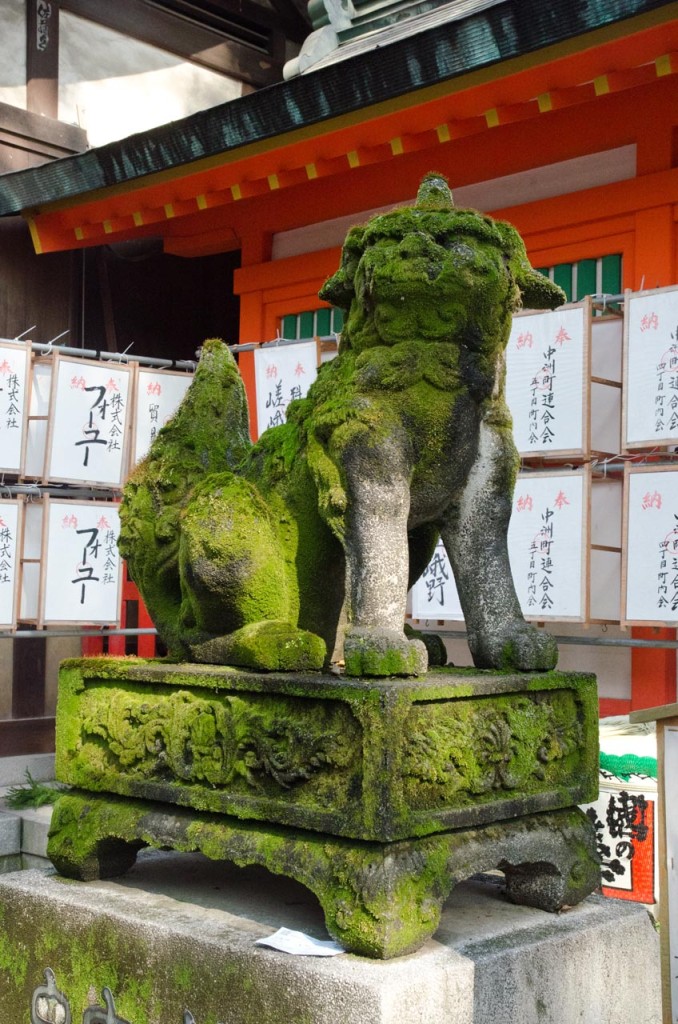 Komainu 狛犬 at Sumiyoshi shrine 住吉神社.
Komainu 狛犬 at Sumiyoshi shrine 住吉神社. 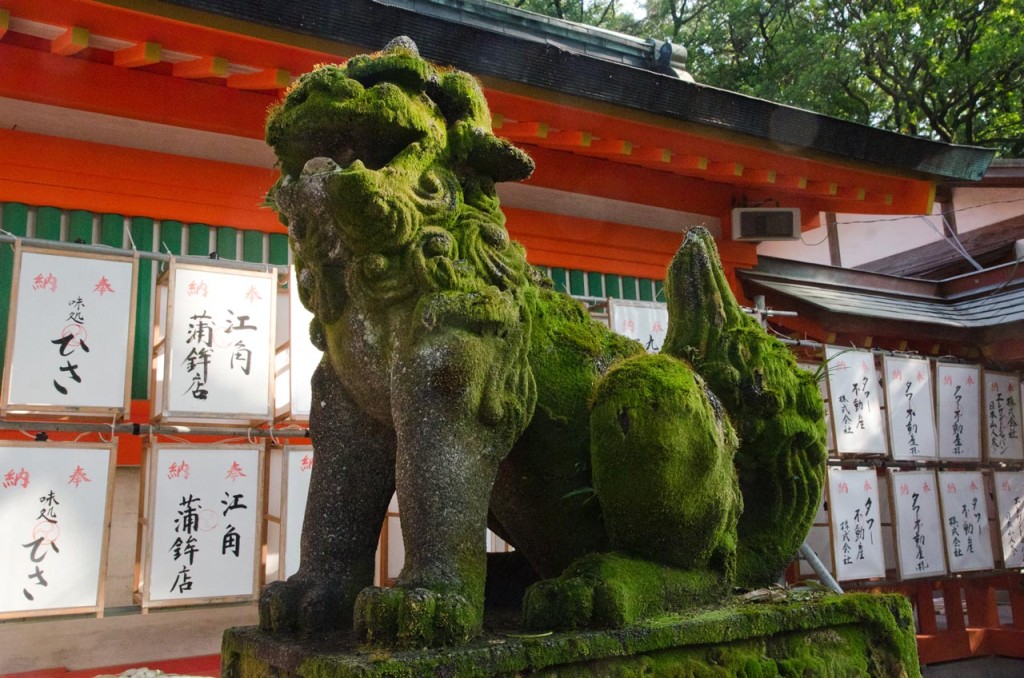
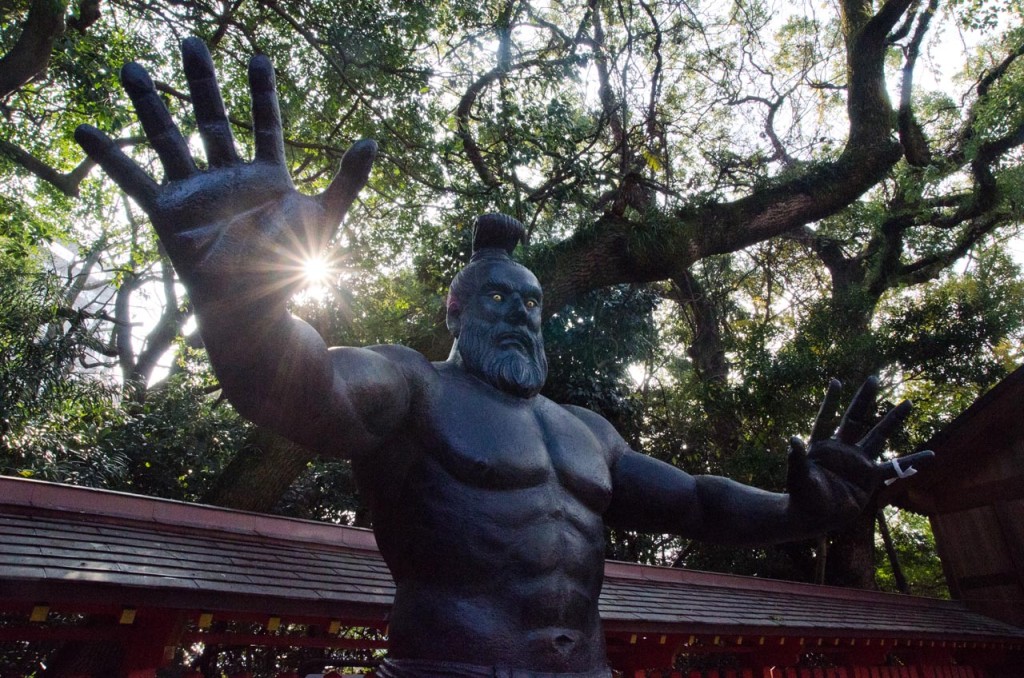
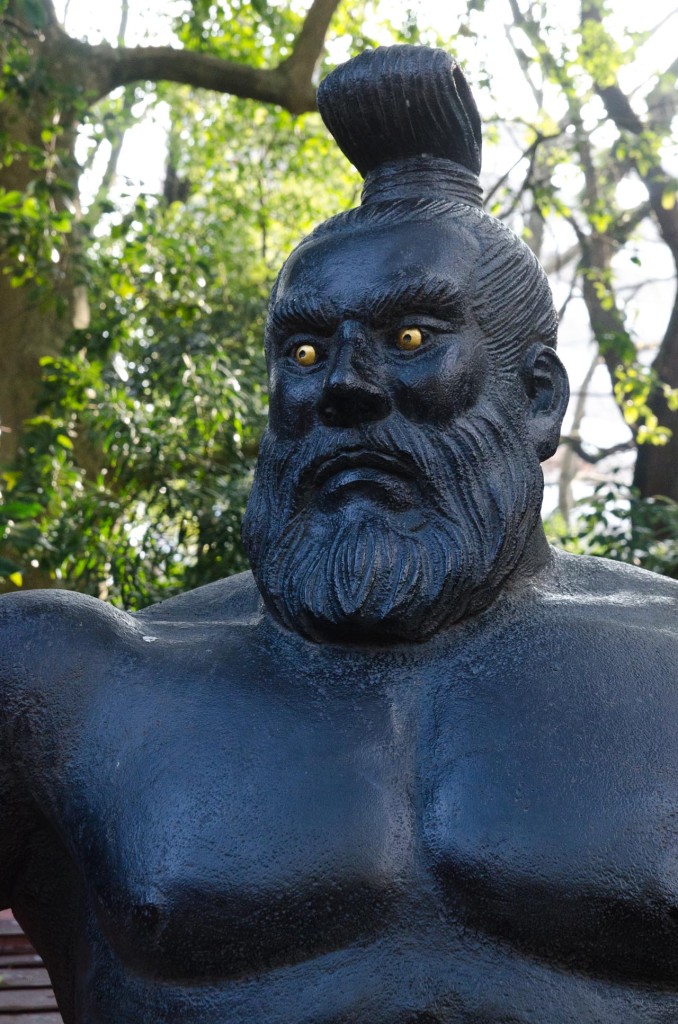 Statue of an ancient sumo wrestler revisited.
Statue of an ancient sumo wrestler revisited.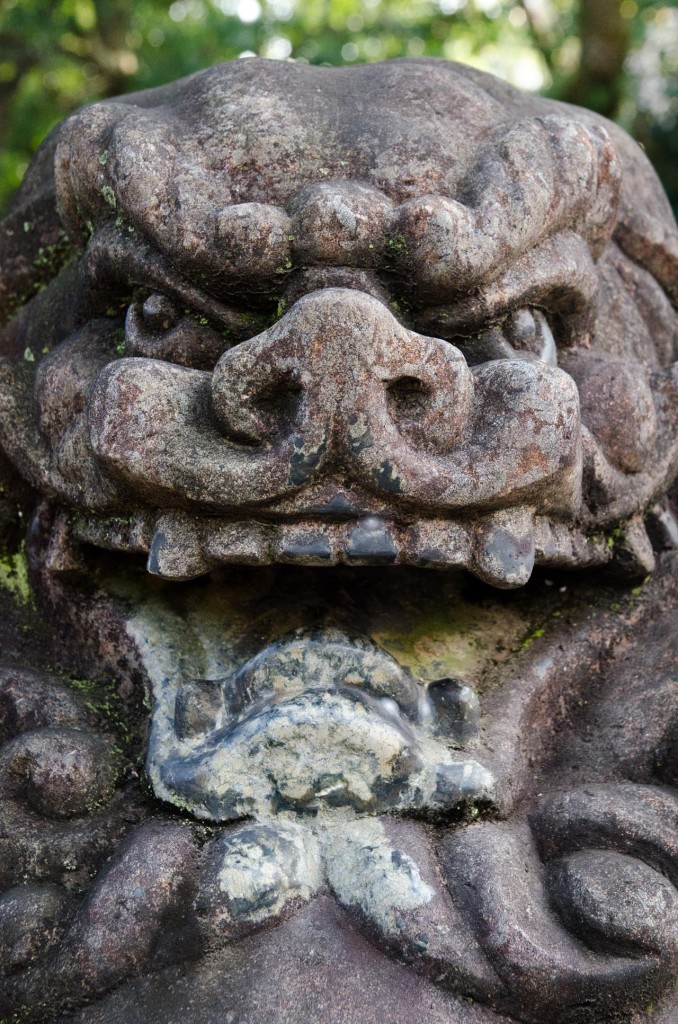 Komainu.
Komainu.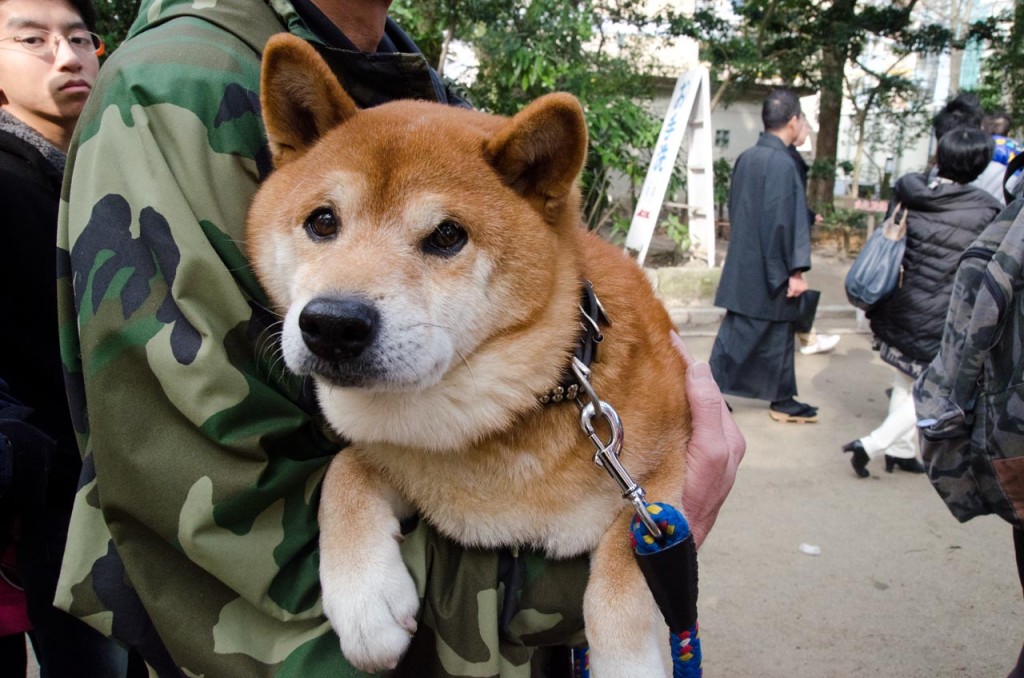 A dog and his master waiting in line at the shrine.
A dog and his master waiting in line at the shrine.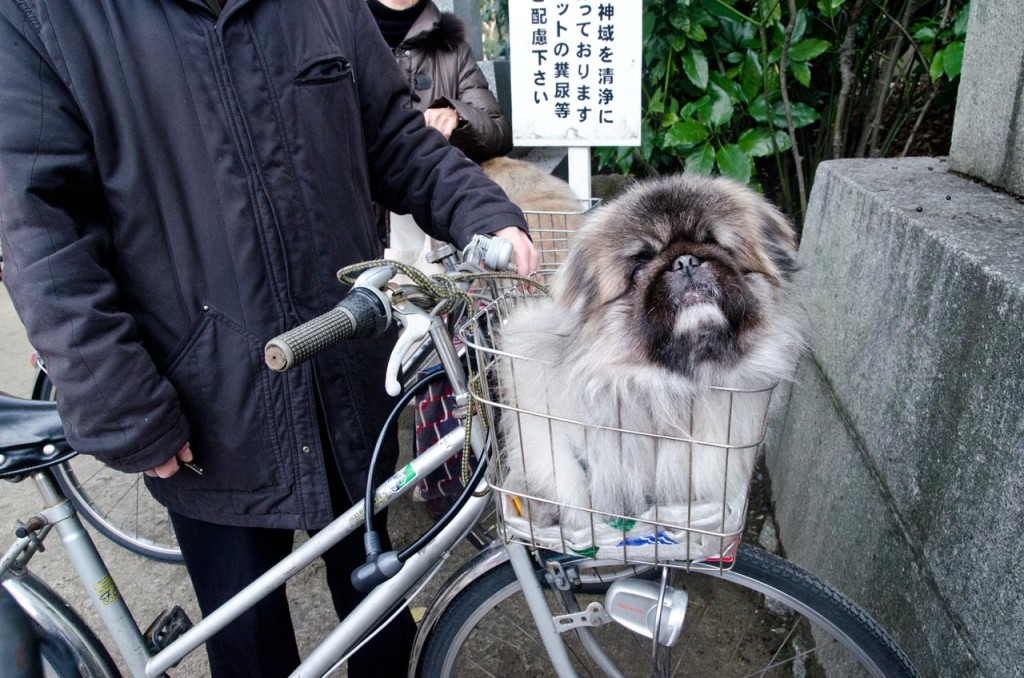 An older couple arrived at the shrine with their respective matching pups.
An older couple arrived at the shrine with their respective matching pups. 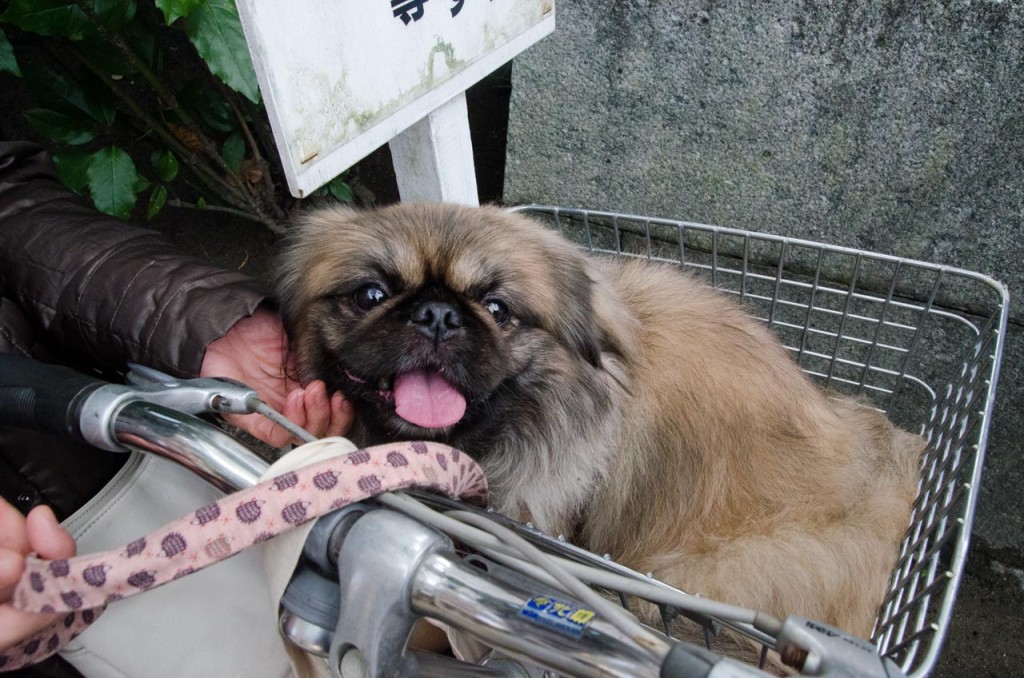
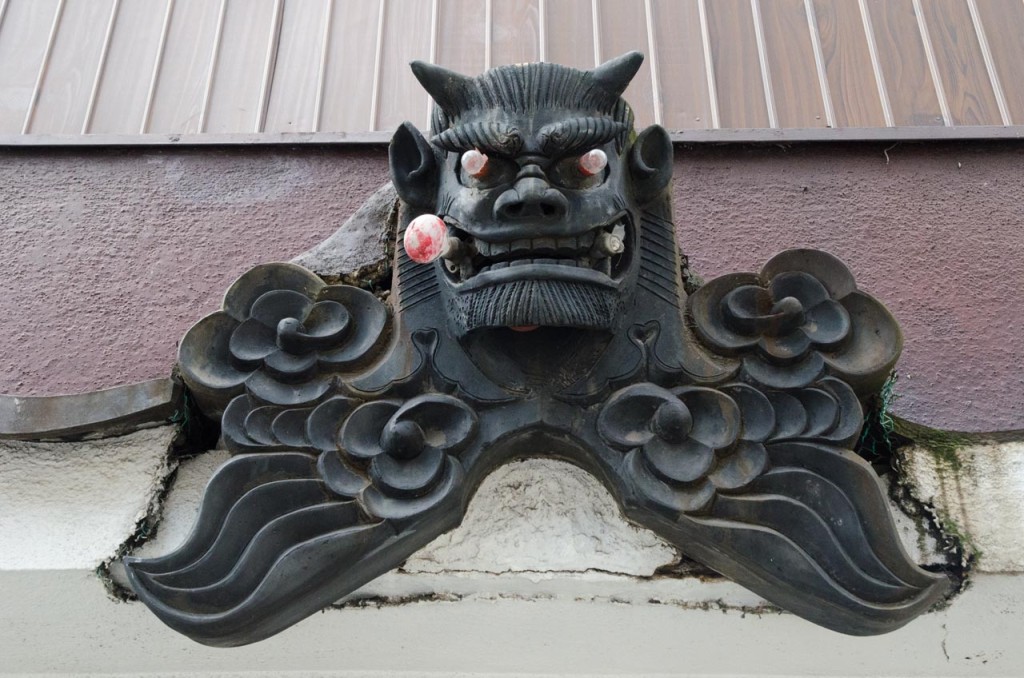
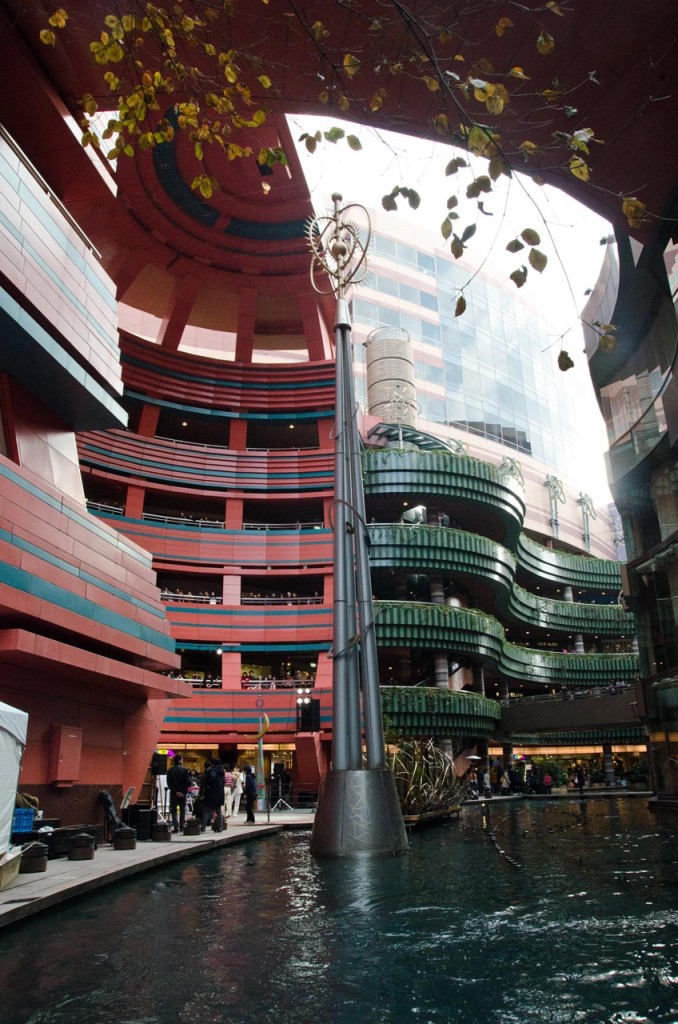 Canal City.
Canal City.
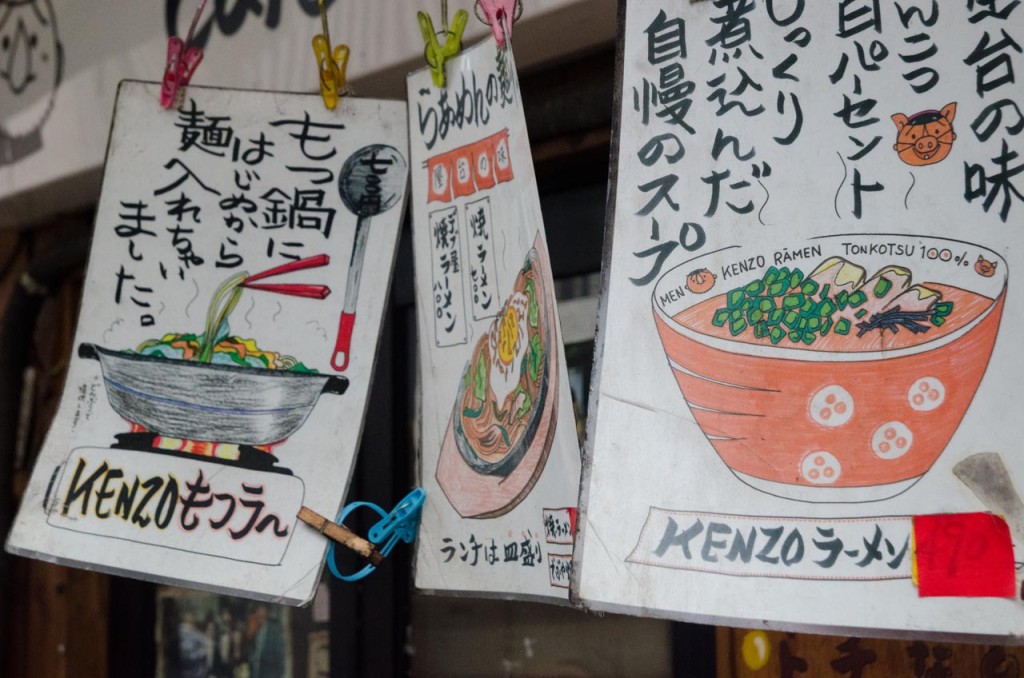
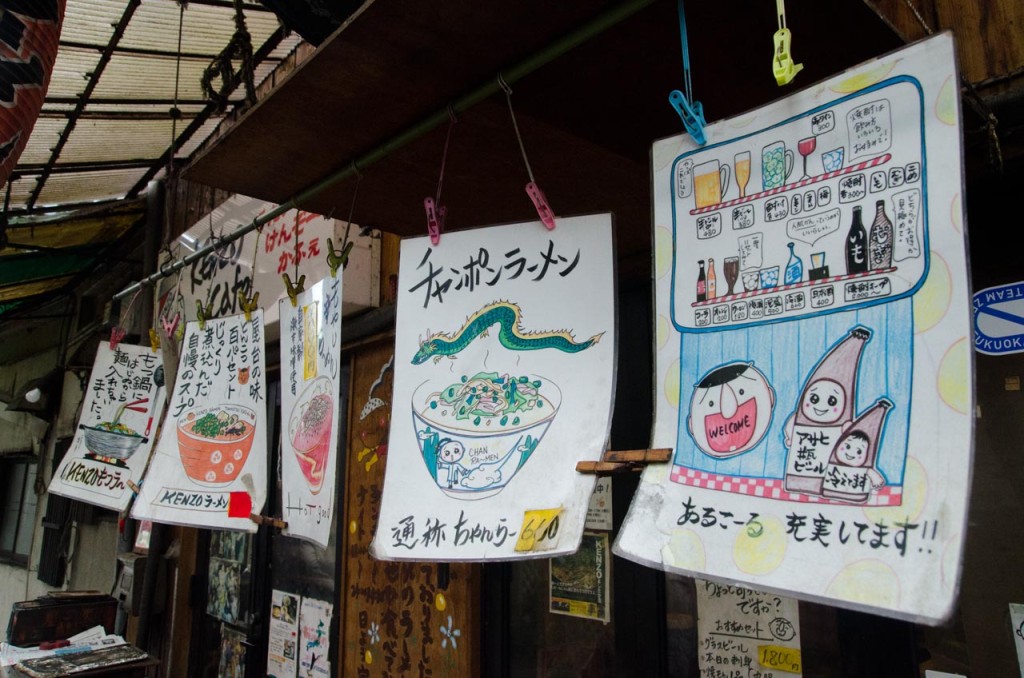 Kawabata shopping arcade.
Kawabata shopping arcade. 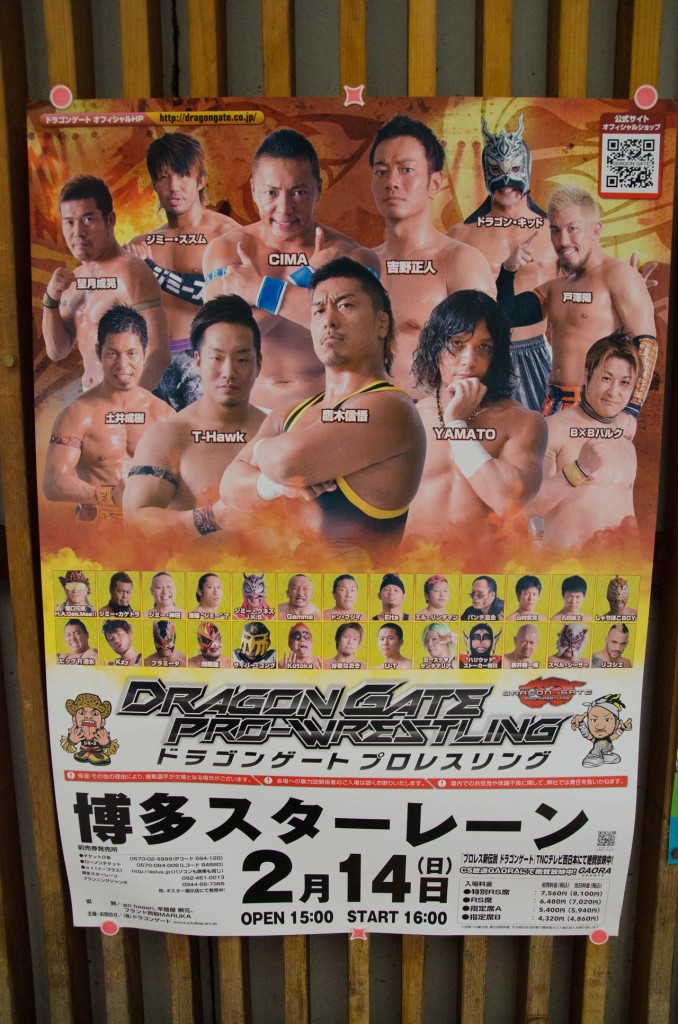 We were all wrestlers in Japan once.
We were all wrestlers in Japan once.
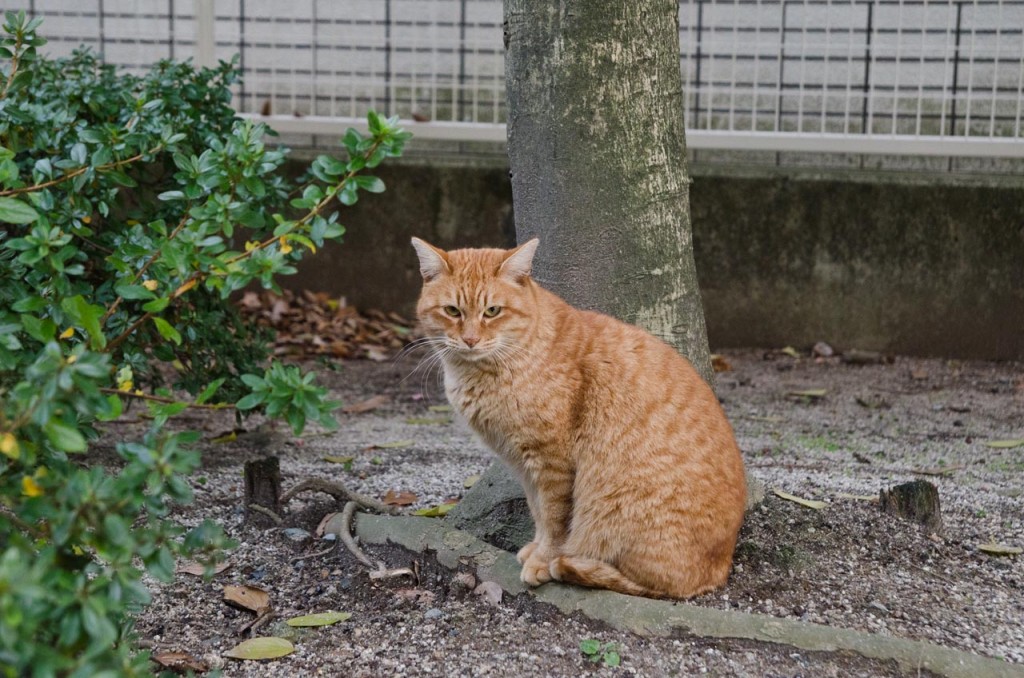 ネコ. Ca ca catters mccatters ©.
ネコ. Ca ca catters mccatters ©. 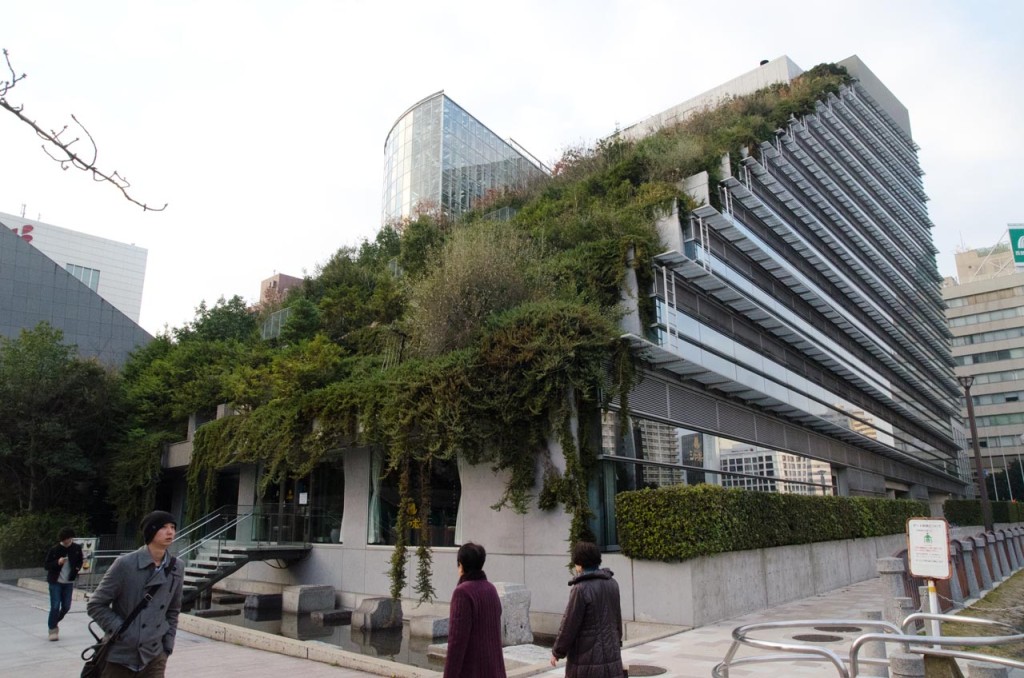 ACROS.
ACROS.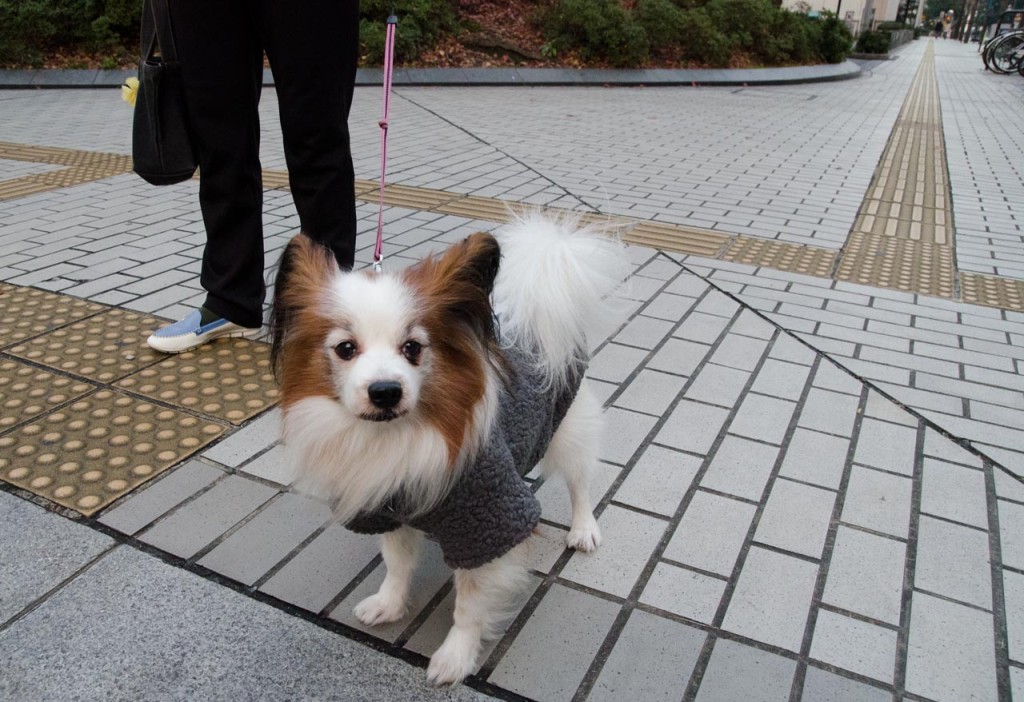 A little papillon near Watanabe dori.
A little papillon near Watanabe dori.
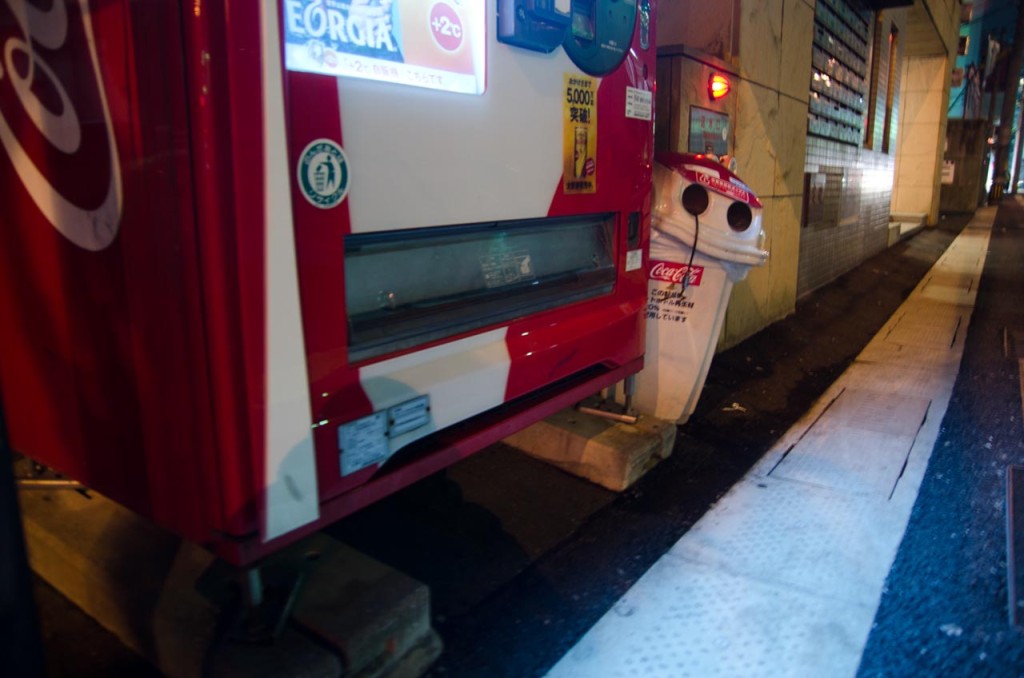 Had the creeping sensation of being followed.
Had the creeping sensation of being followed.
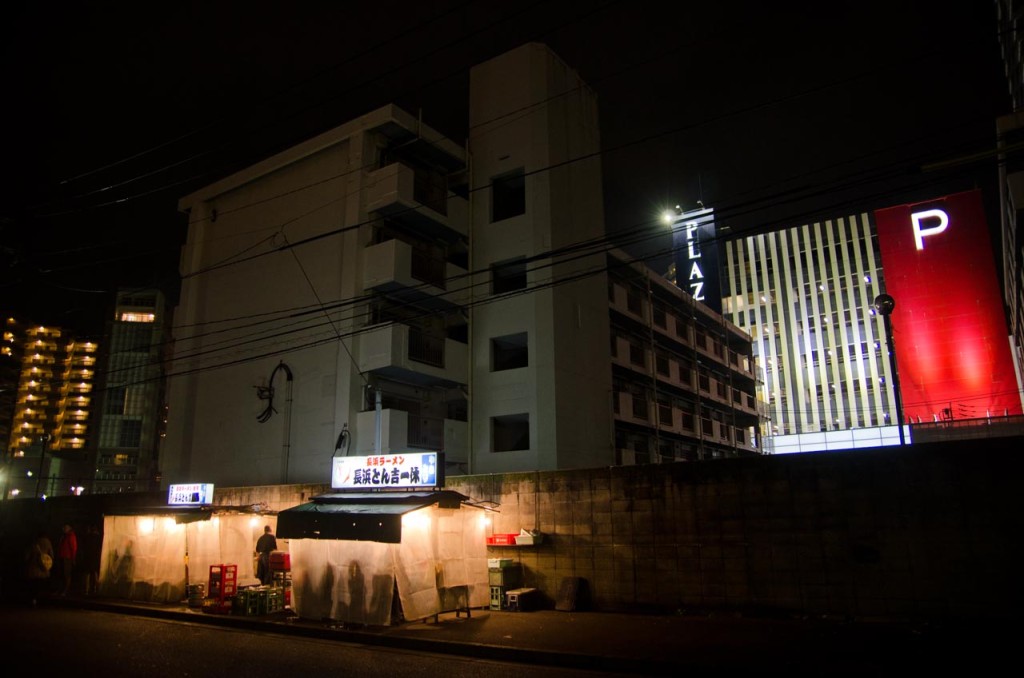 Found some yatai 屋台 at the edge of the city. I got excited about a yakuza-looking guy hanging out near the joint that had part of his little finger missing. She was more excited about the food.
Found some yatai 屋台 at the edge of the city. I got excited about a yakuza-looking guy hanging out near the joint that had part of his little finger missing. She was more excited about the food.
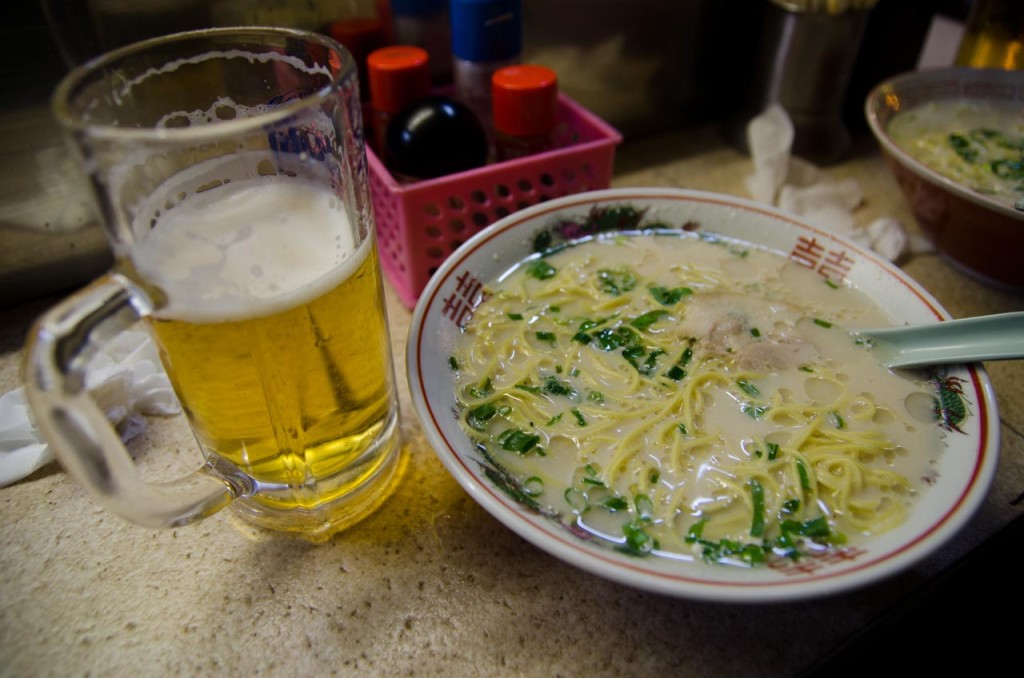 Some of the best ramen noddles I’ve had under a plastic tarp.
Some of the best ramen noddles I’ve had under a plastic tarp.
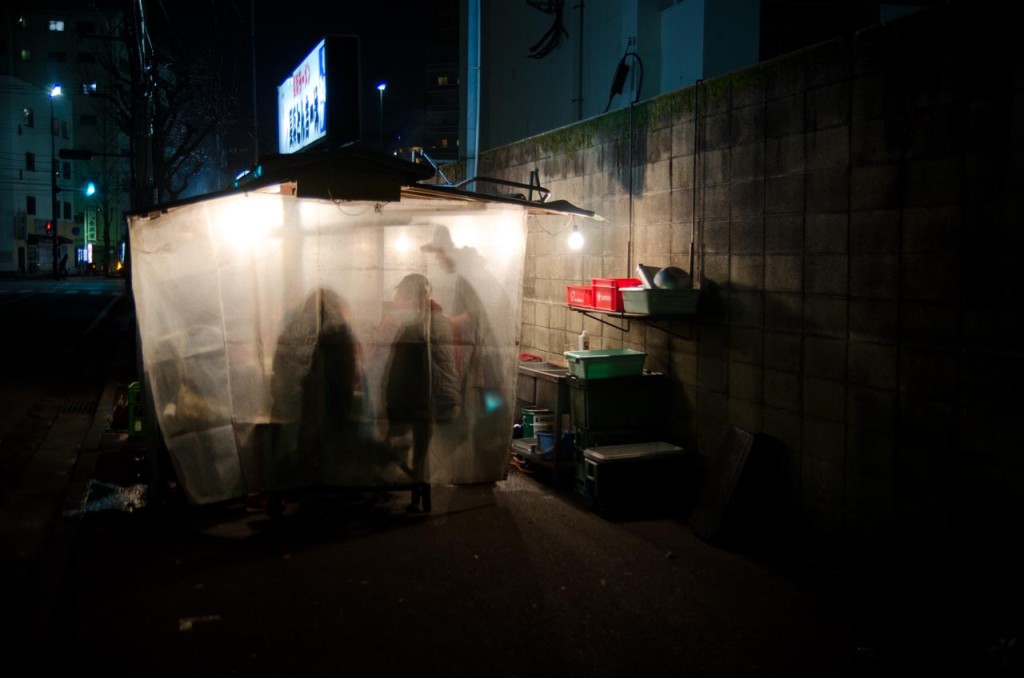
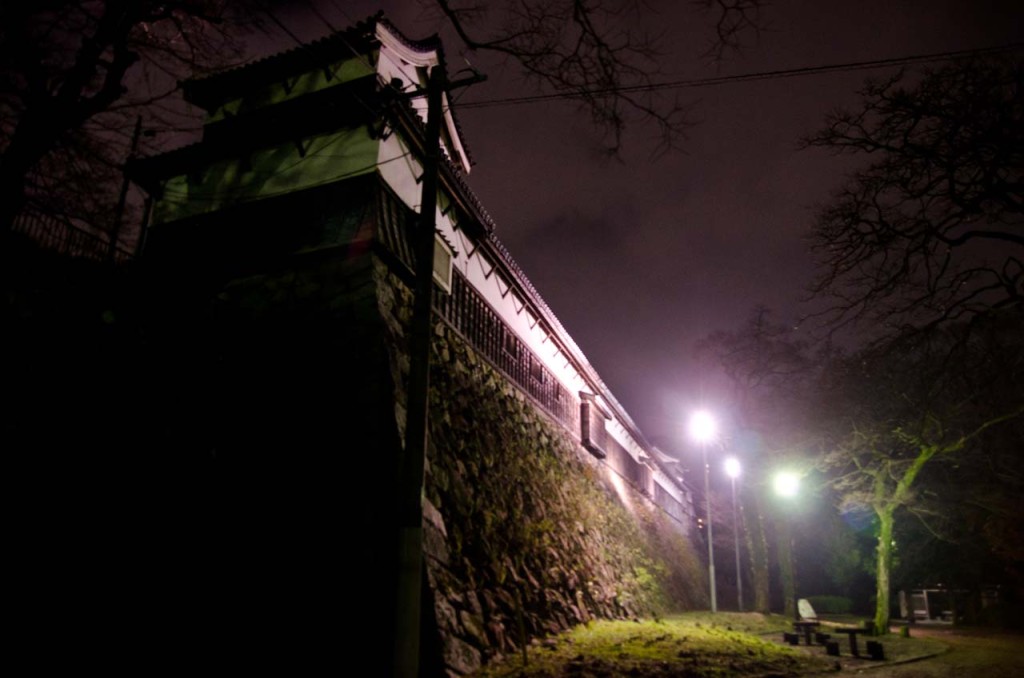 Walked the ruins of Fukuoka castle in the dark.
Walked the ruins of Fukuoka castle in the dark.
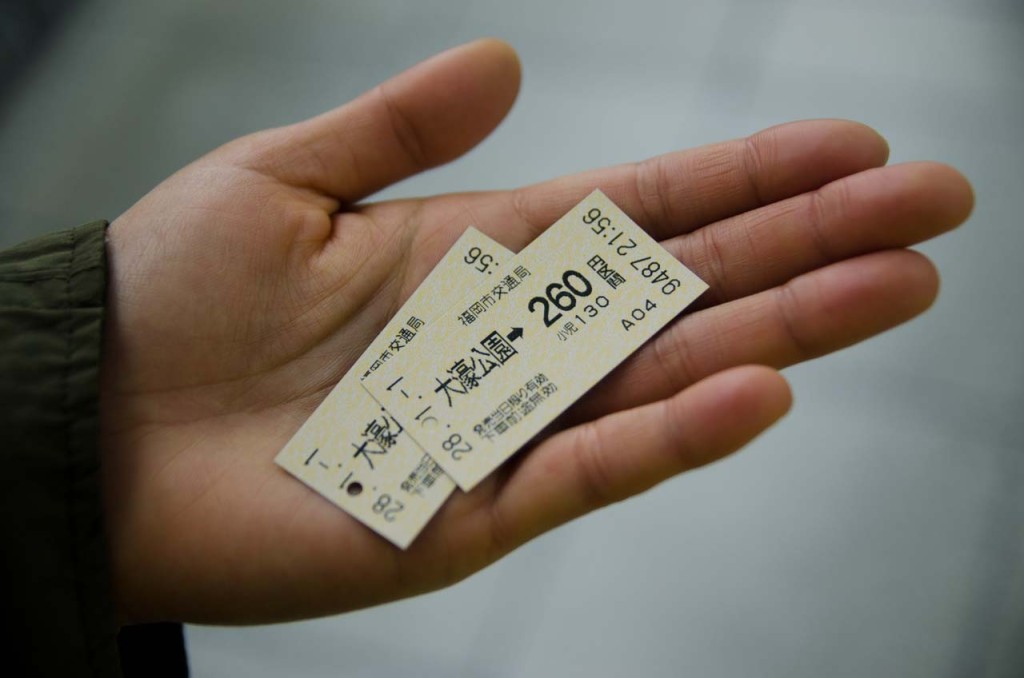 Headed back to our Hakata base.
Headed back to our Hakata base. 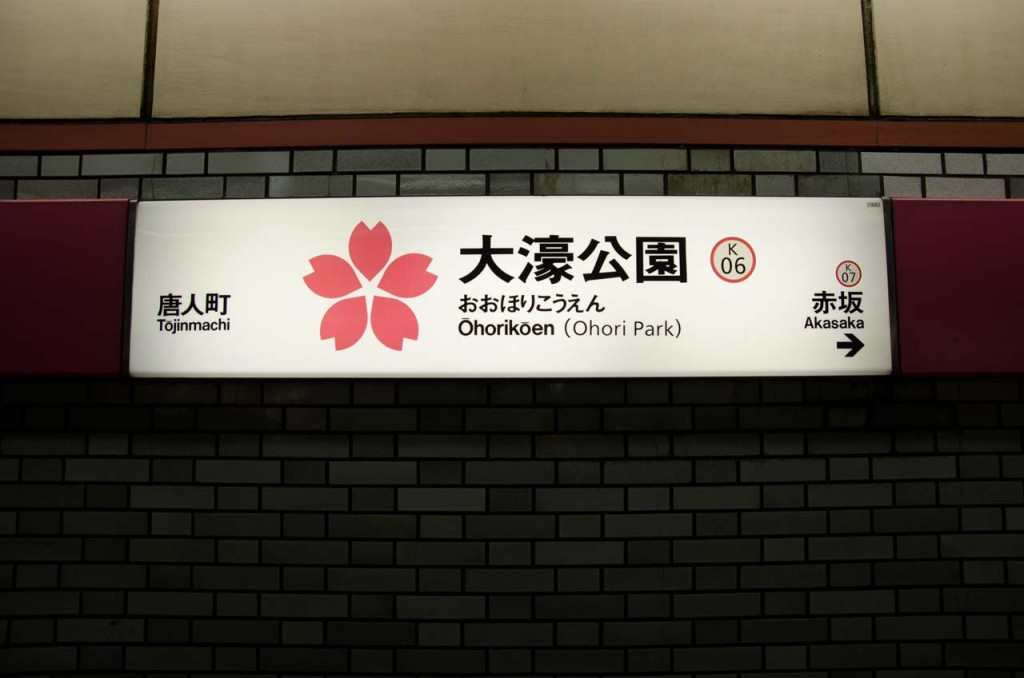
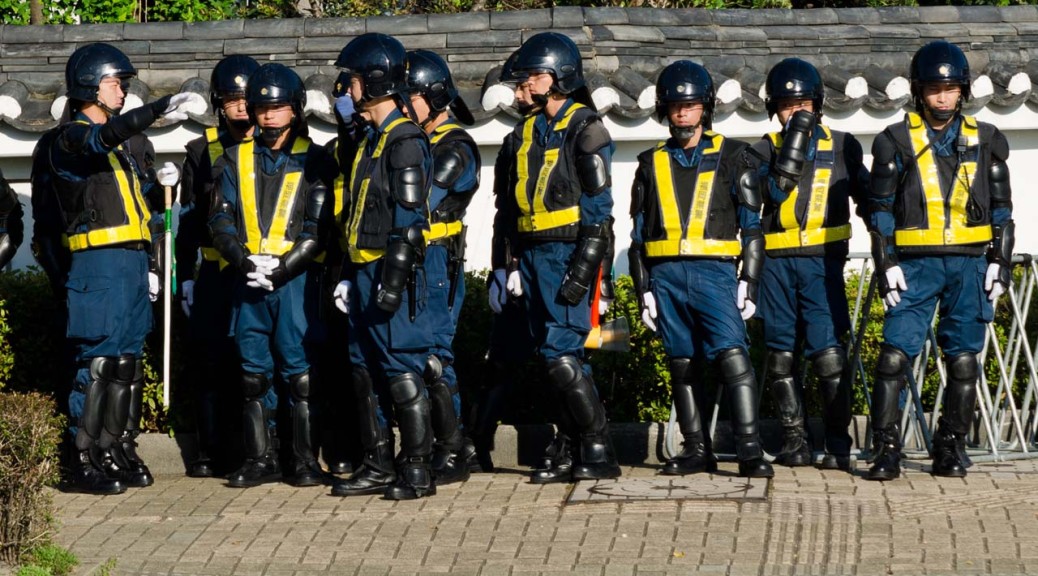
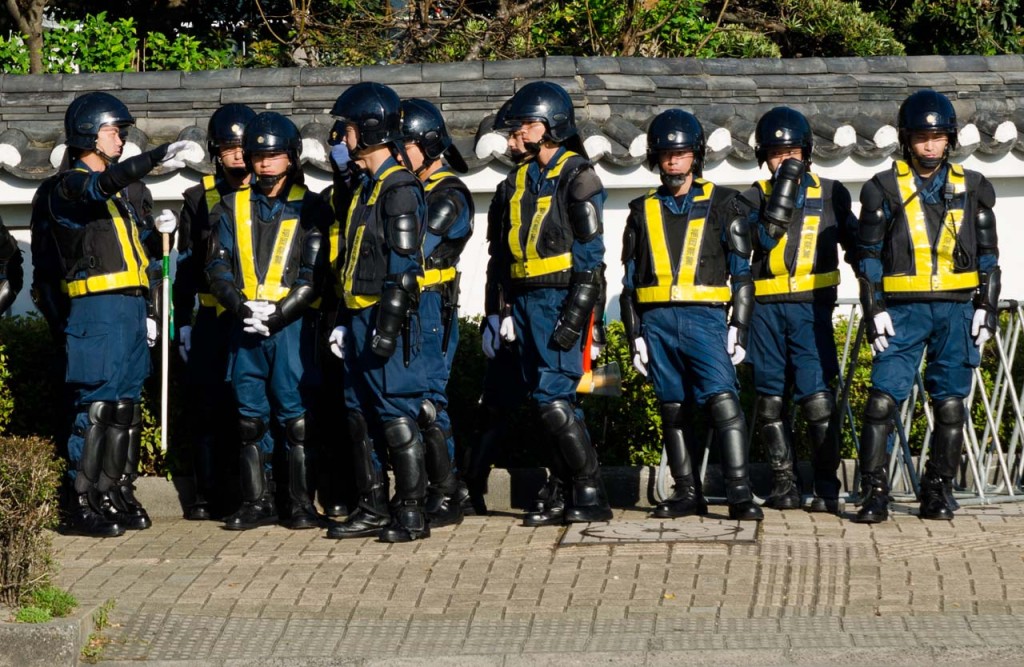 Japanese riot police guarding the Korean Embassy.
Japanese riot police guarding the Korean Embassy.

Inspiration?
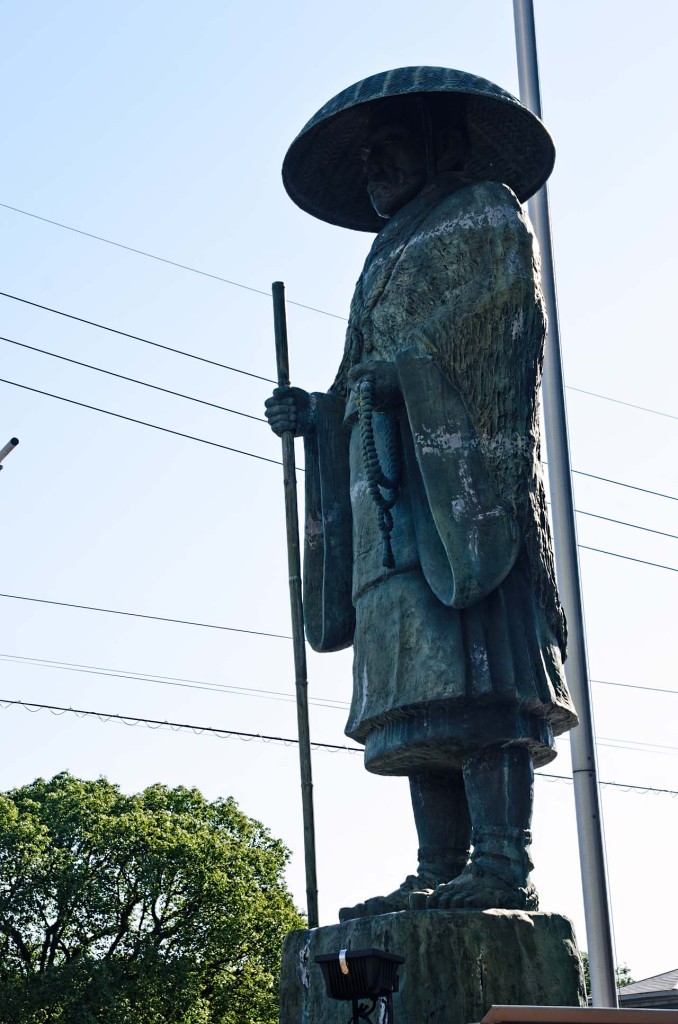
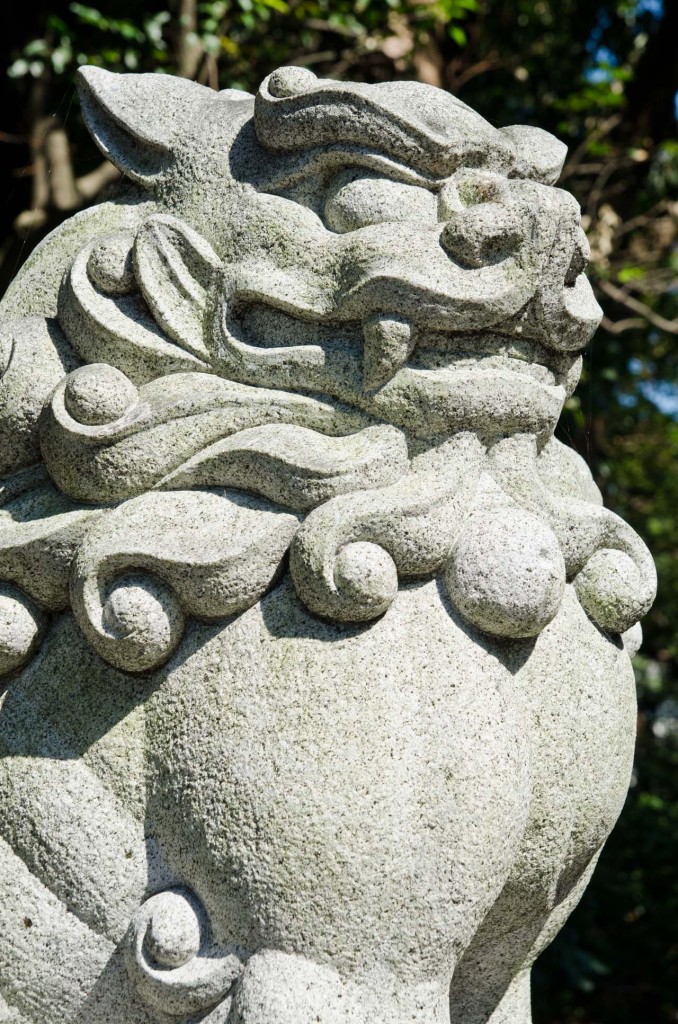
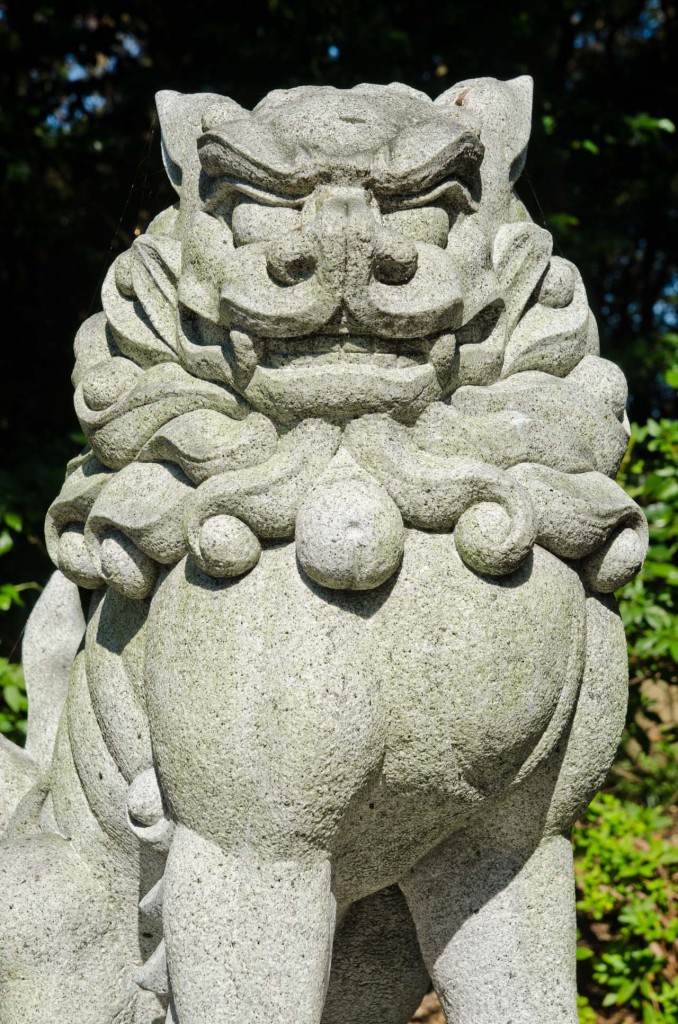 Komainu (狛犬)
Komainu (狛犬)
“Meant to ward off evil spirits, modern komainu statues are almost identical, but one has the mouth open, the other closed. This is a very common characteristic in religious statue pairs at both temples and shrines. This pattern is however Buddhist in origin and has a symbolic meaning. The open mouth is pronouncing the first letter of the Sanskrit alphabet, which is pronounced “a”, while the closed one is uttering the last letter, which is pronounced “um”, to represent the beginning and the end of all things. Together they form the sound Aum, a syllable sacred in several religions like Hinduism, Buddhism, and Jainism.” Wikipedia article.
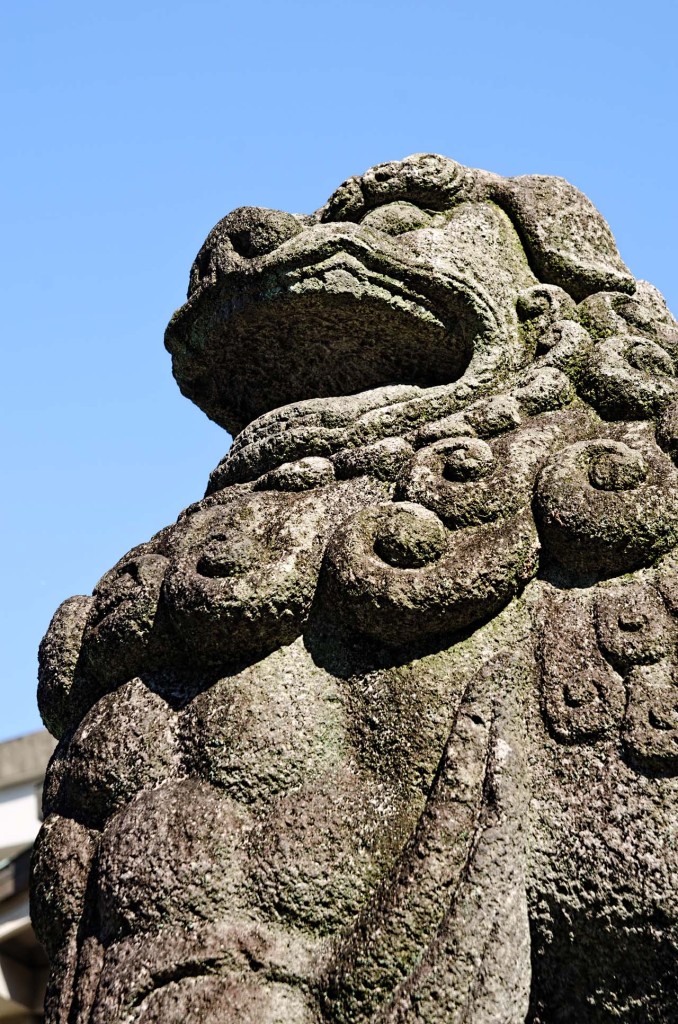
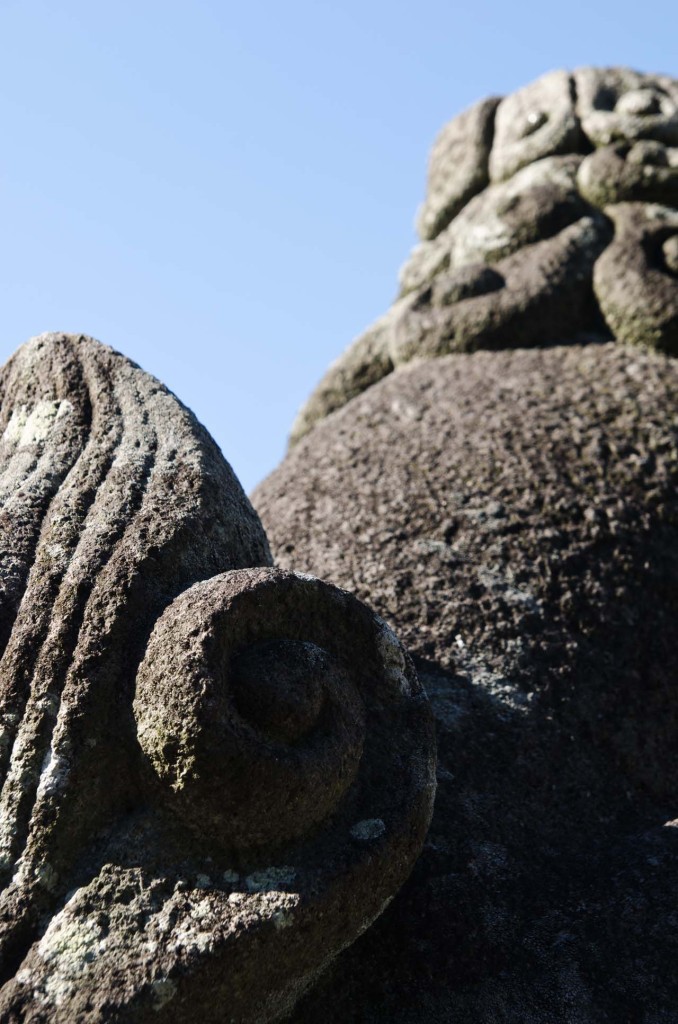
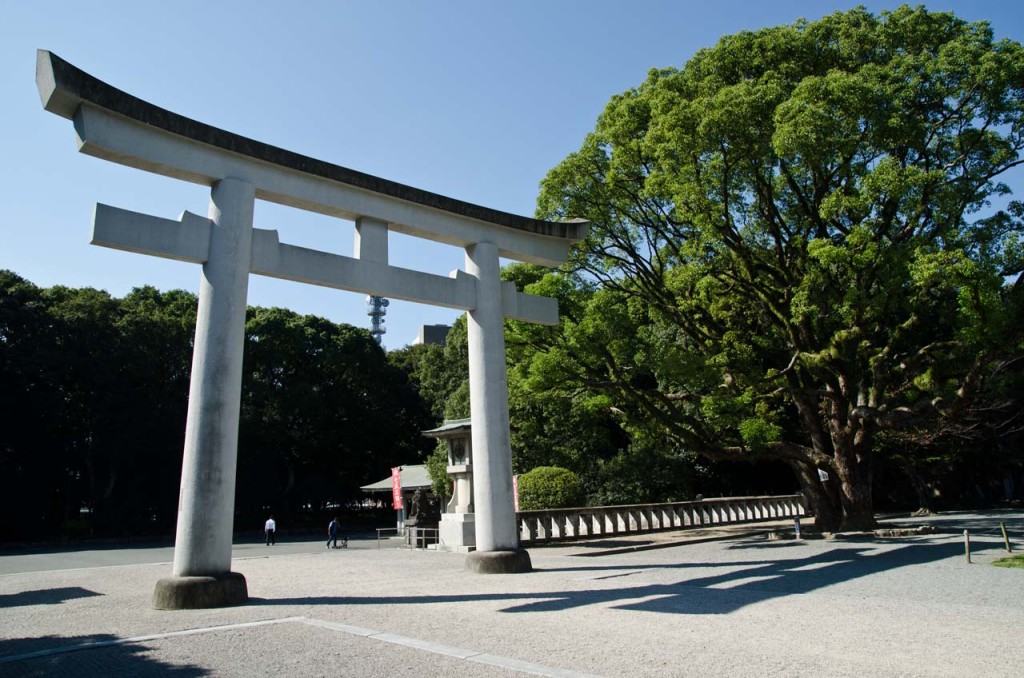 Gokoku Shrine 護国神社.
Gokoku Shrine 護国神社. 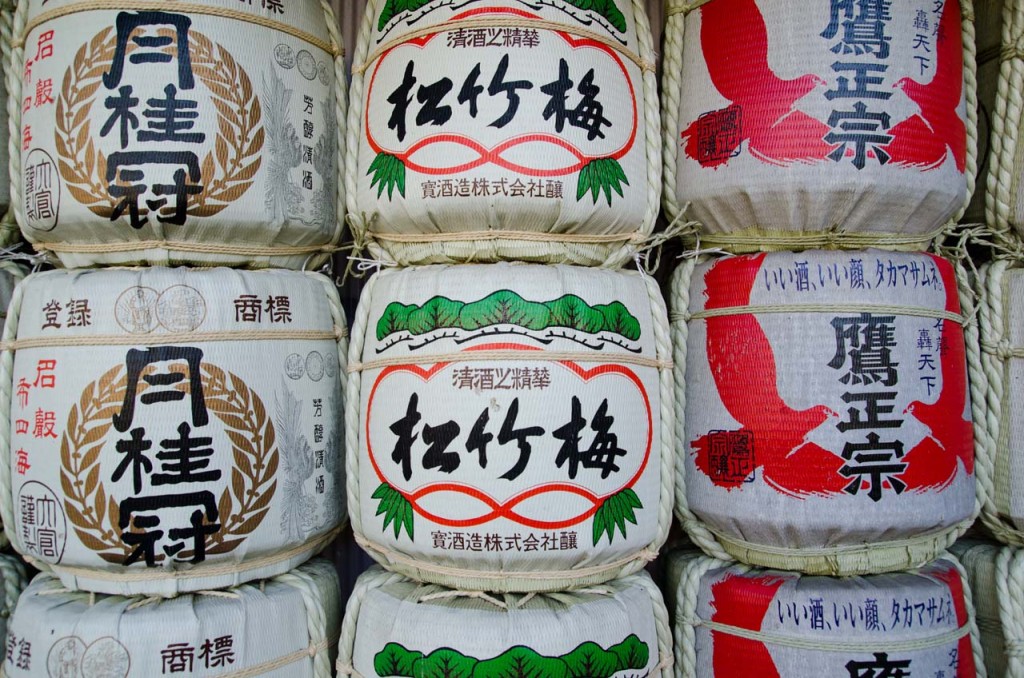
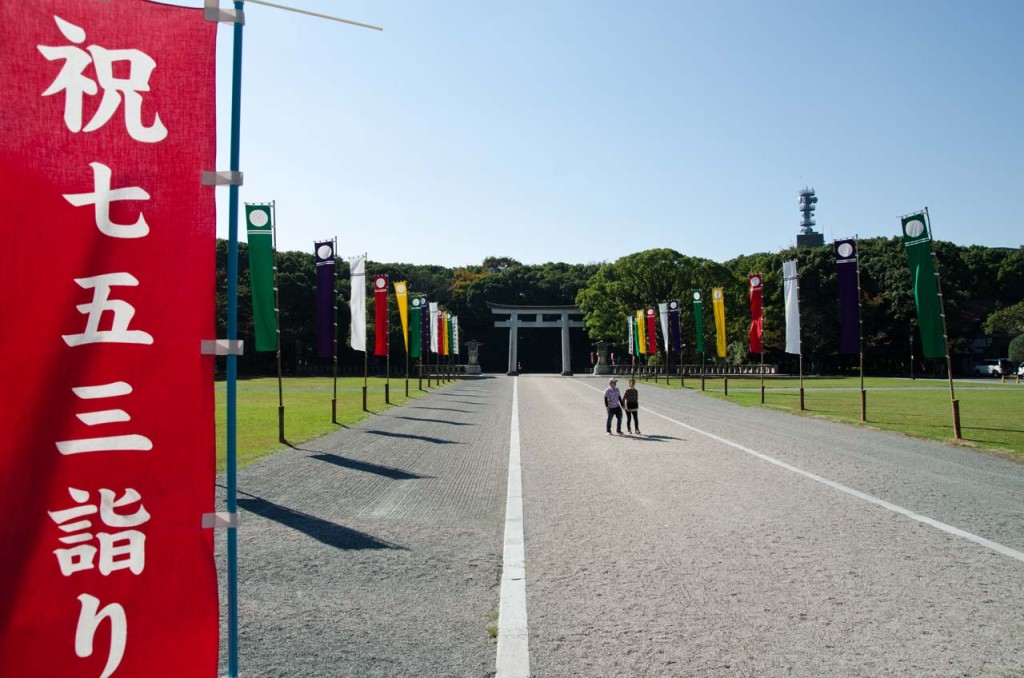
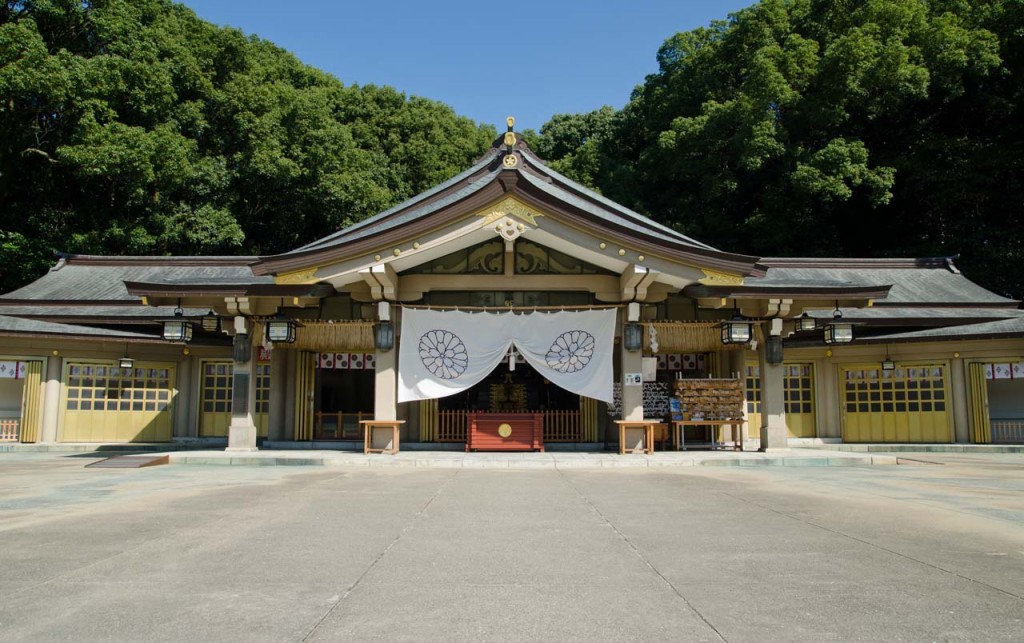
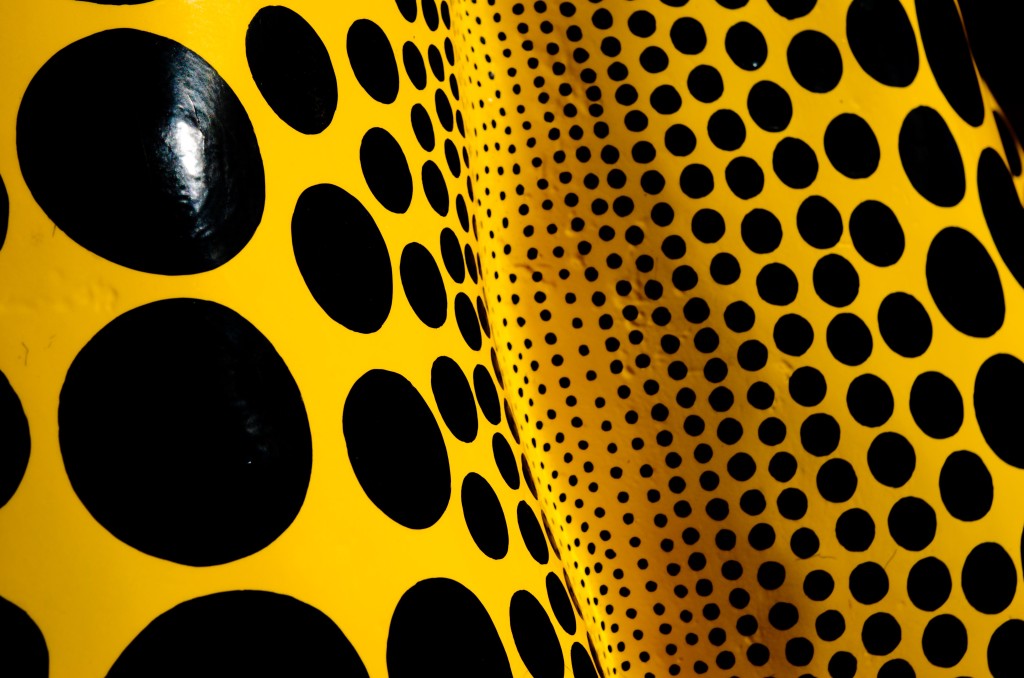 Yayoi Kusama 草間 彌生 pumpkin パンプキン sculpture at Fukuoka Art Museum 福岡市美術館. Ohori Park. More Yakoi Kusama pumpkins (INHALE MAG).
Yayoi Kusama 草間 彌生 pumpkin パンプキン sculpture at Fukuoka Art Museum 福岡市美術館. Ohori Park. More Yakoi Kusama pumpkins (INHALE MAG).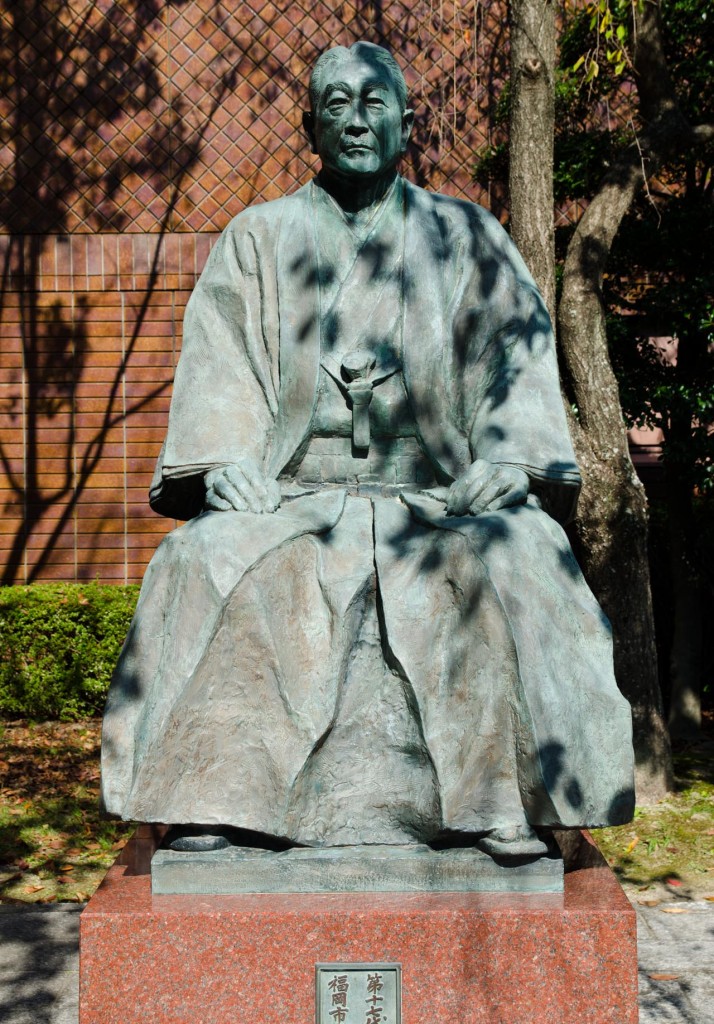 Ohori Park.
Ohori Park.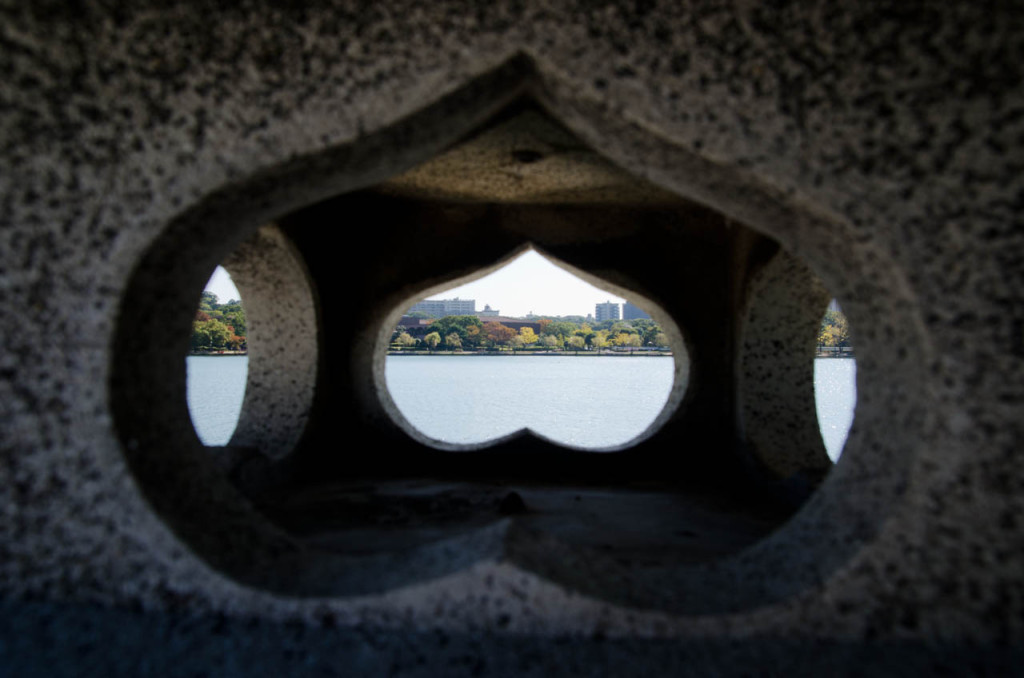
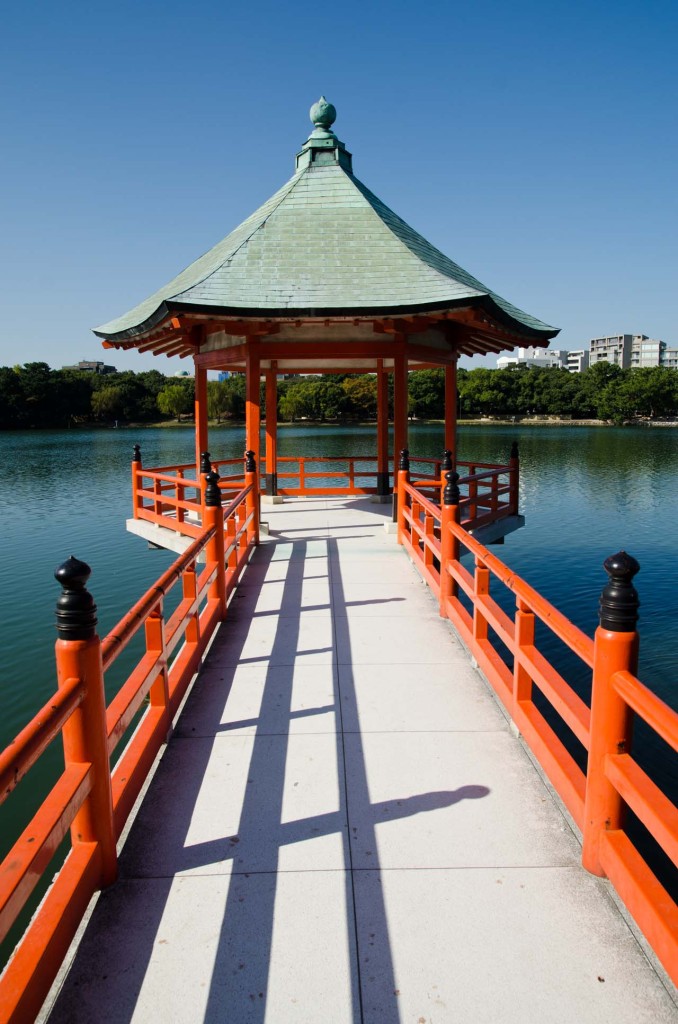
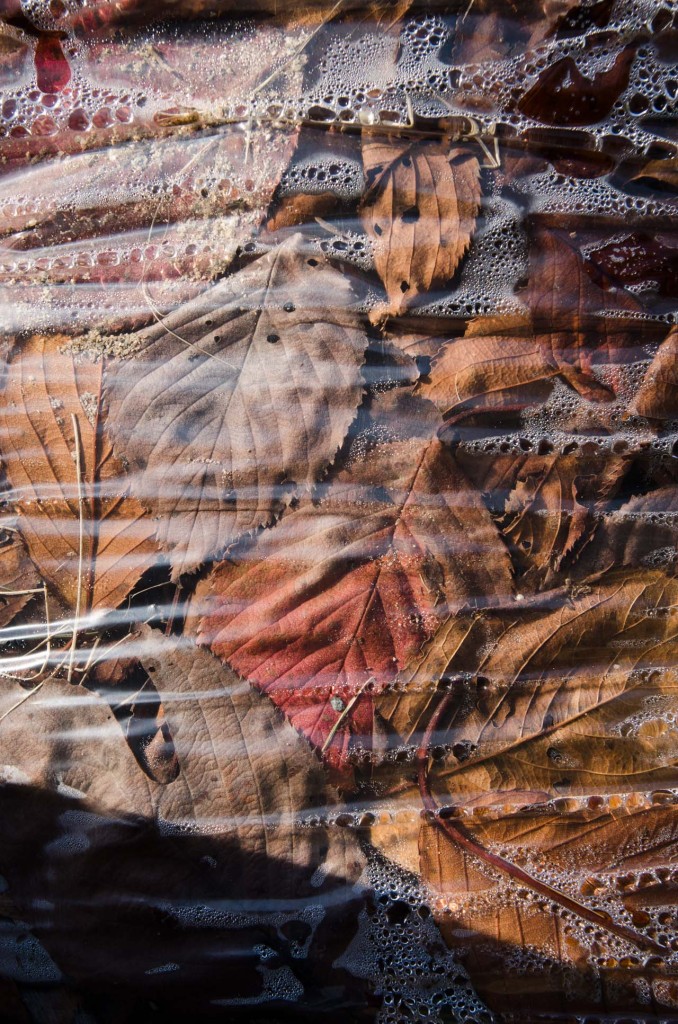
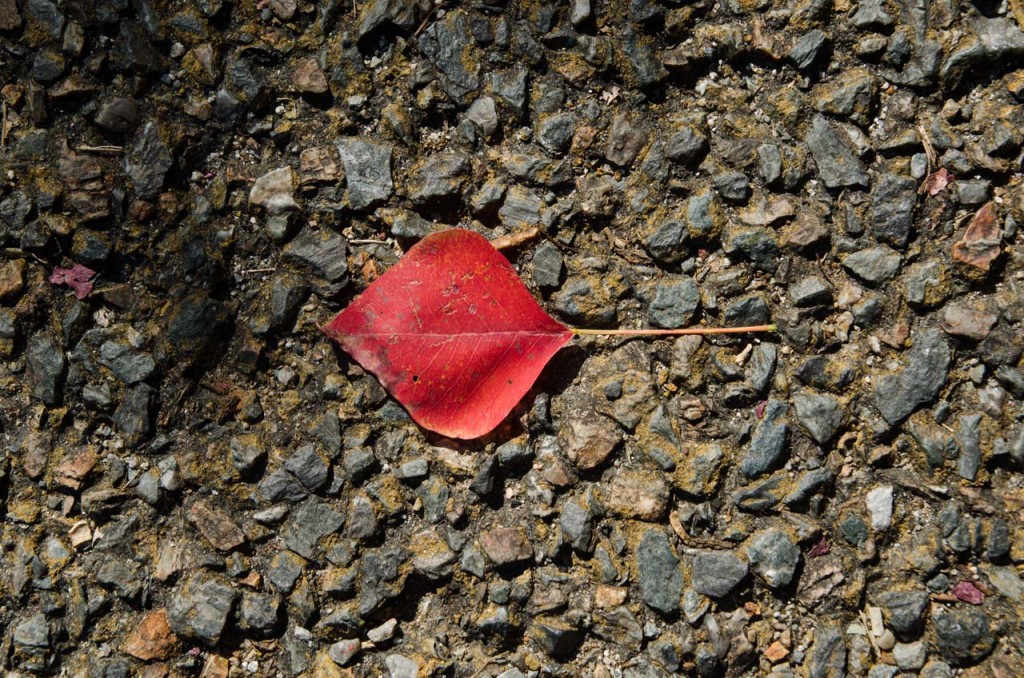
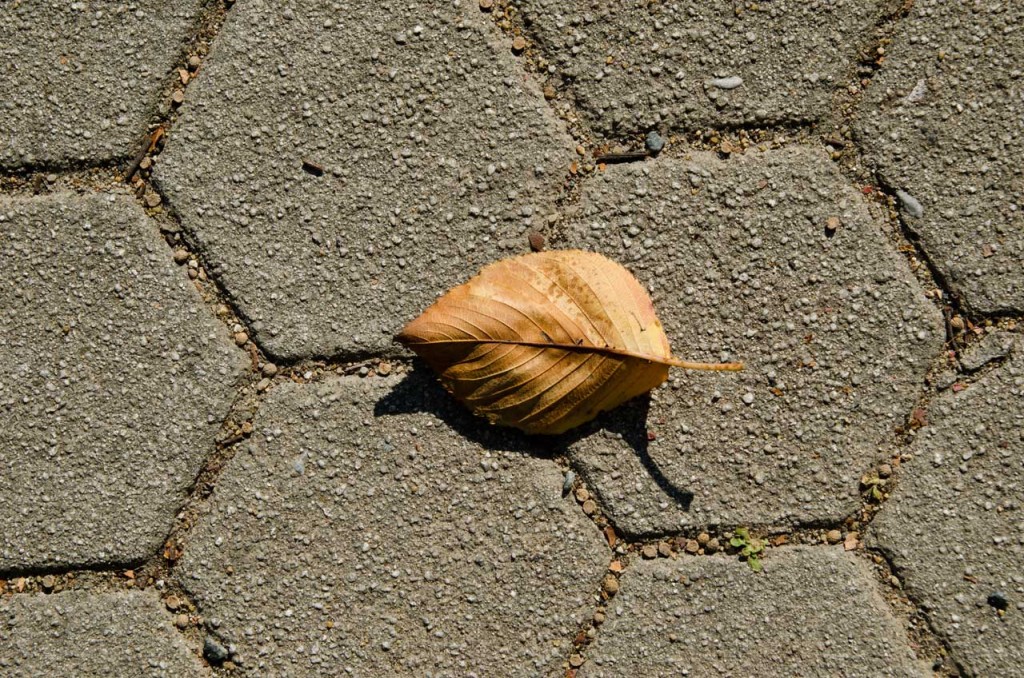
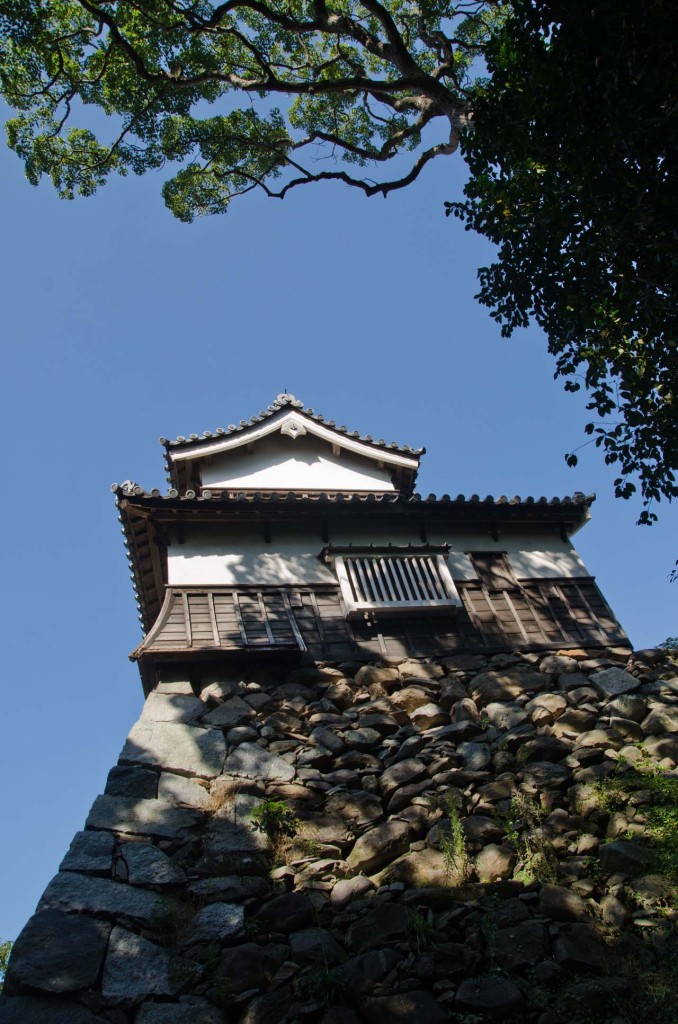 Fukuoka Castle ruins 福岡城.
Fukuoka Castle ruins 福岡城.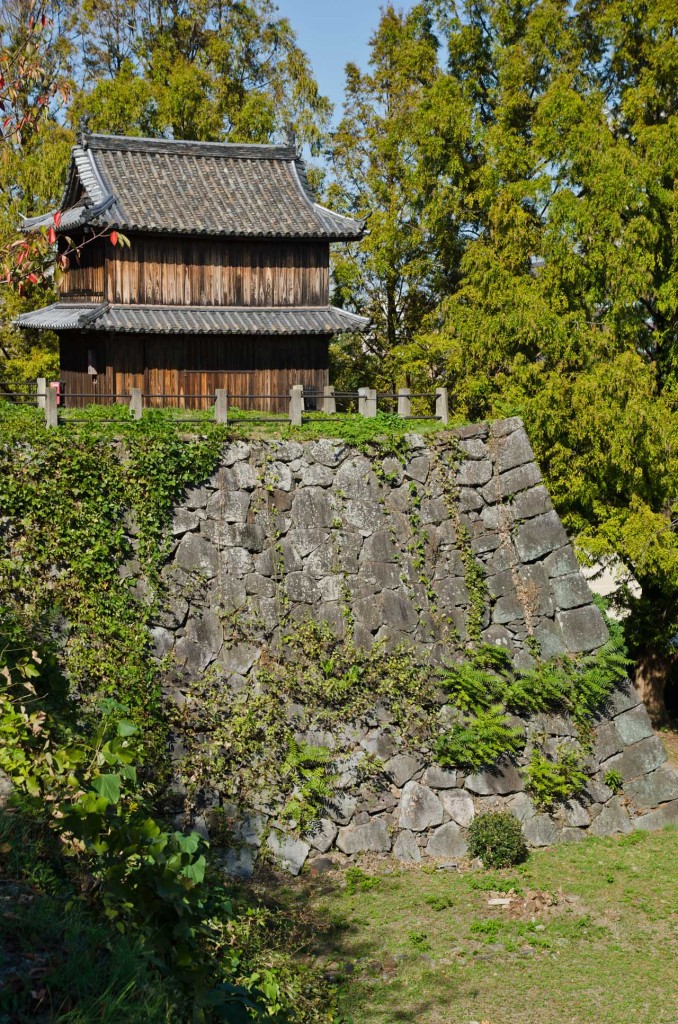
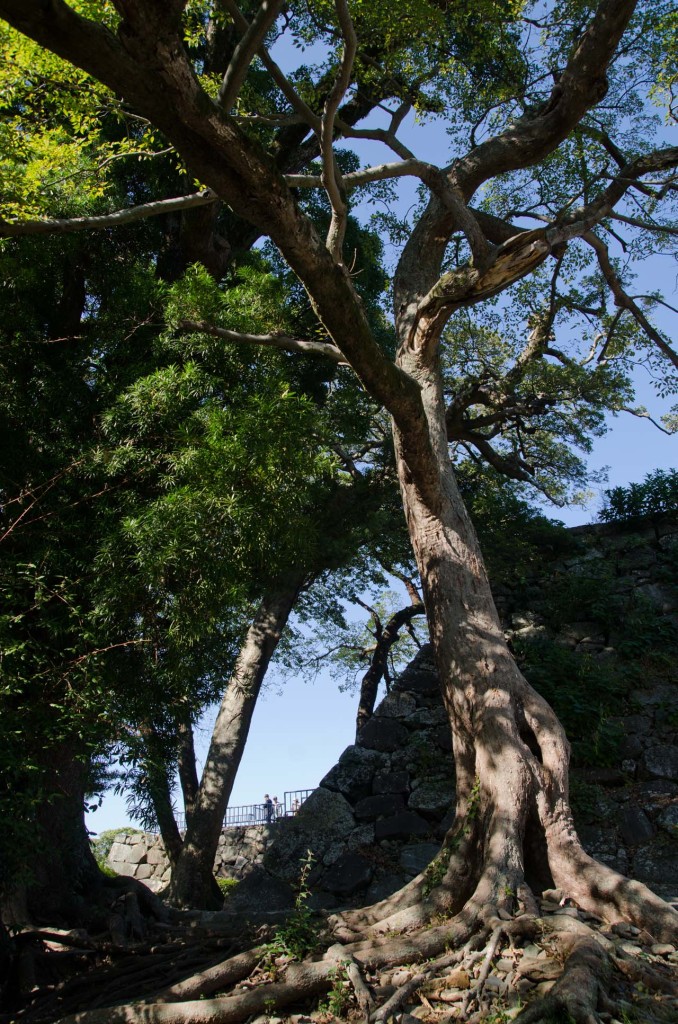 October 28, 2014.
October 28, 2014.
